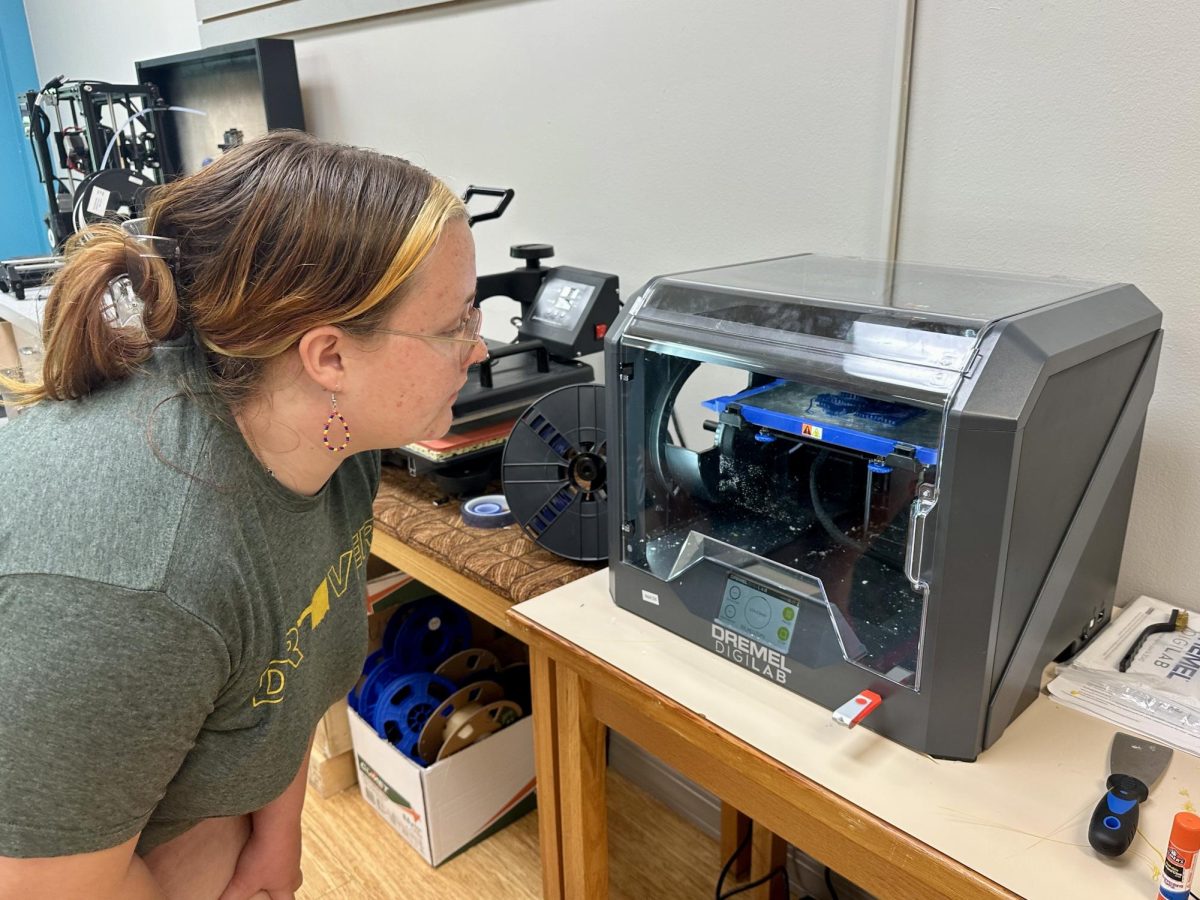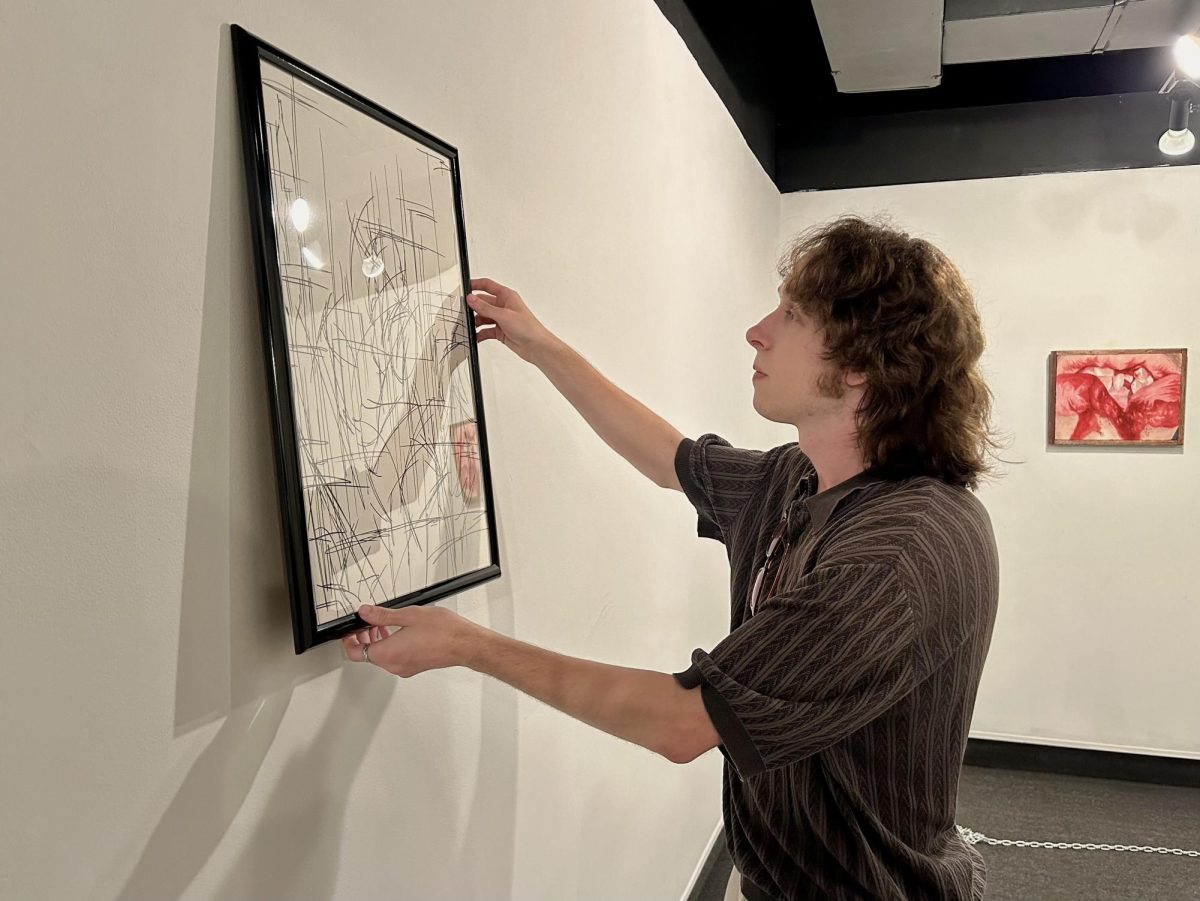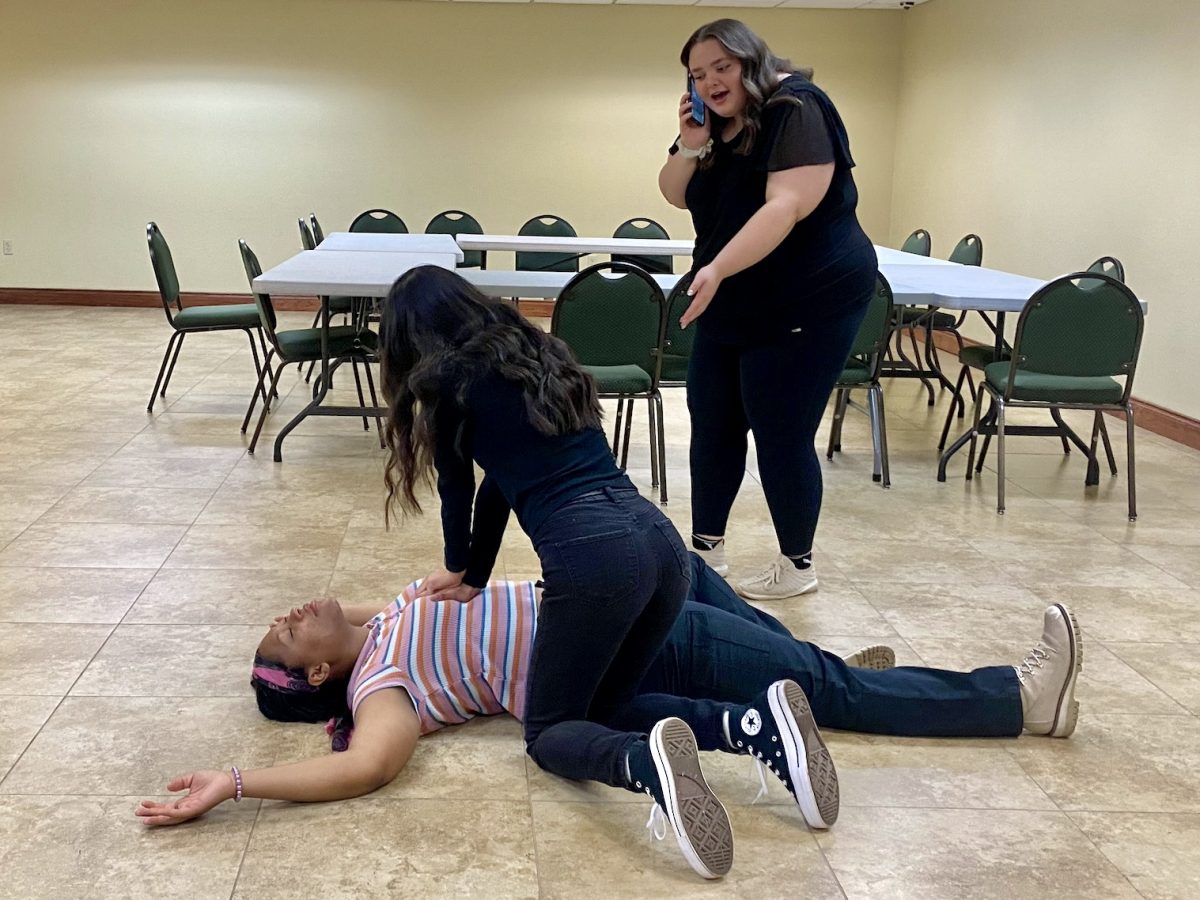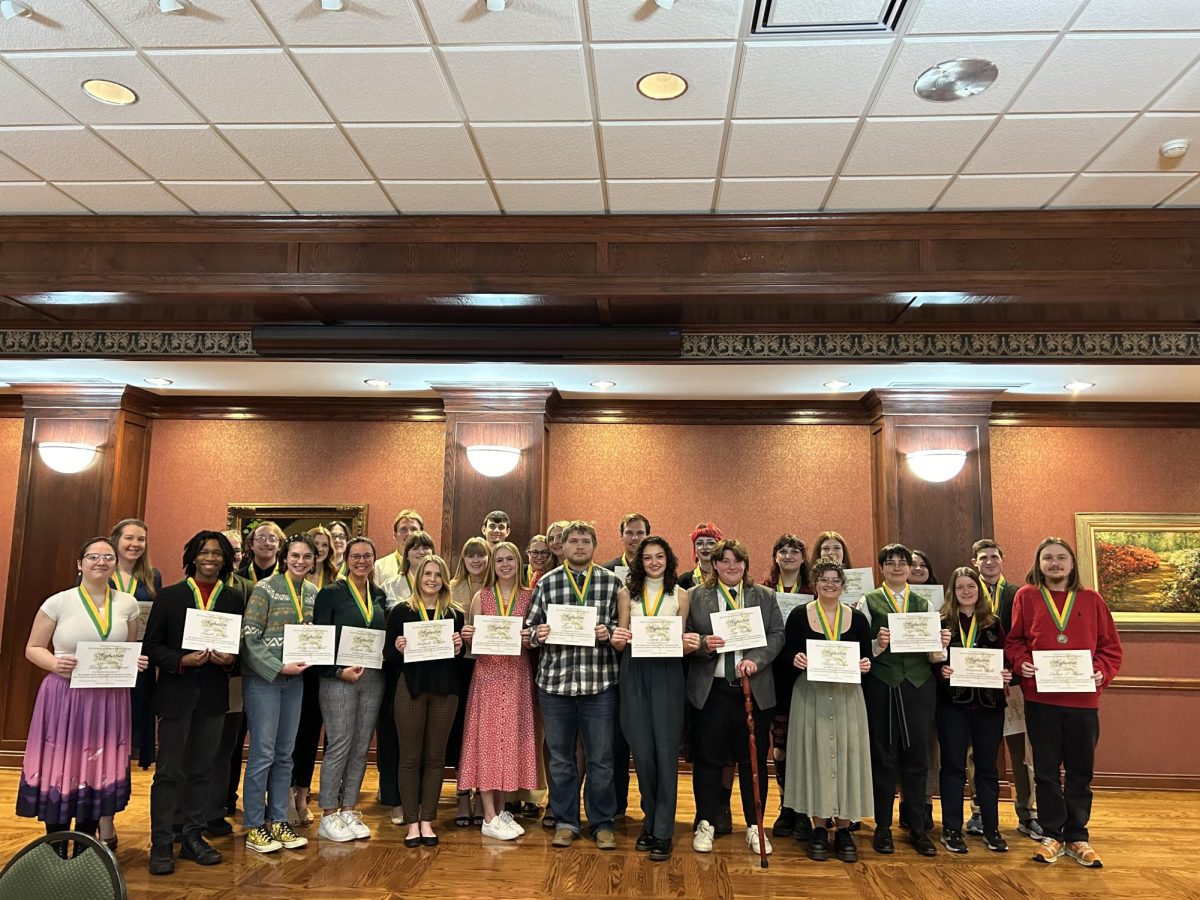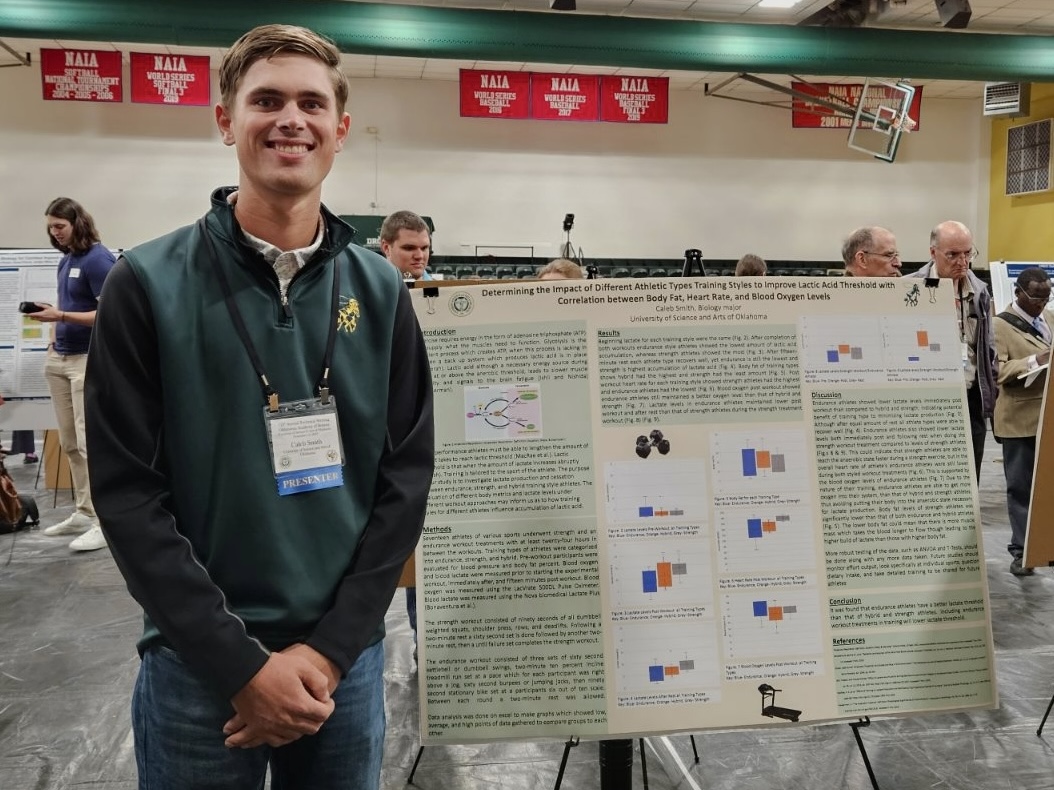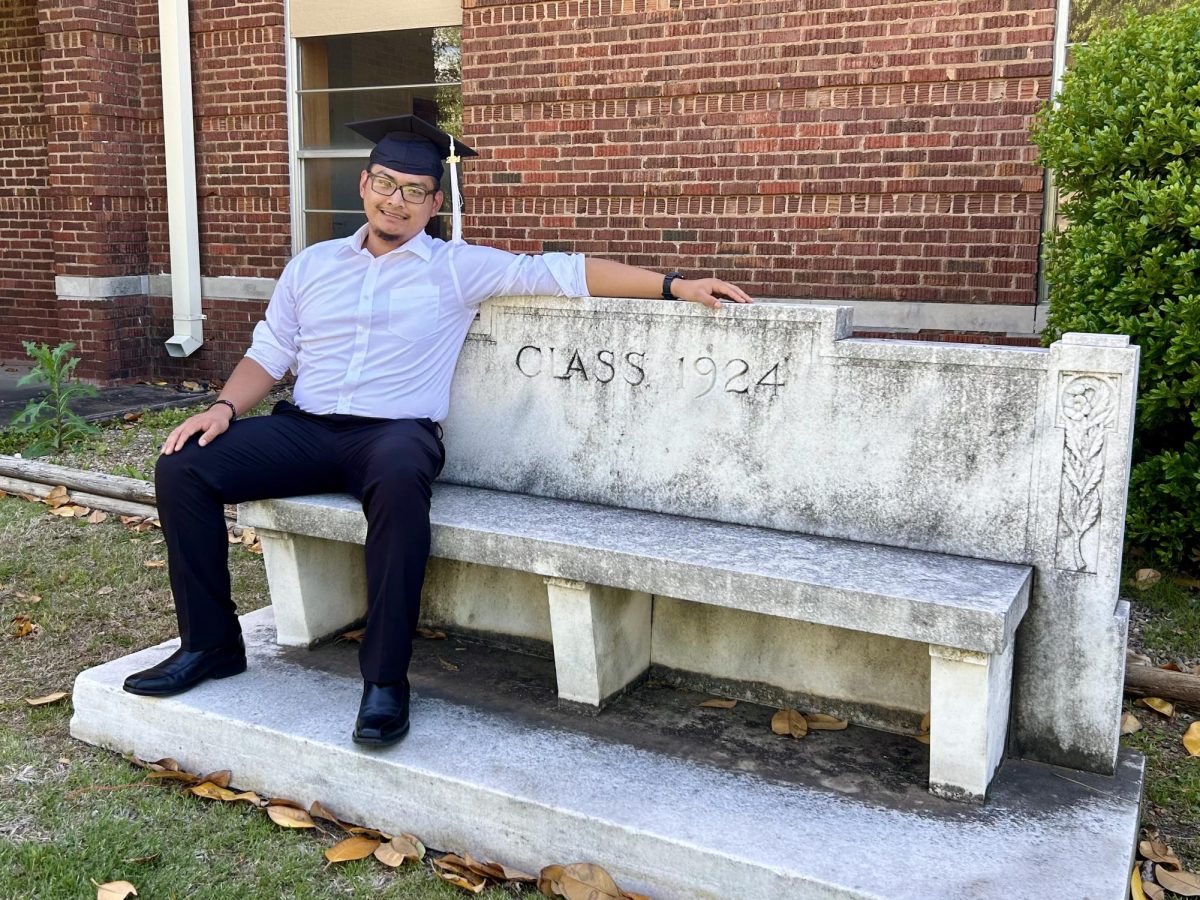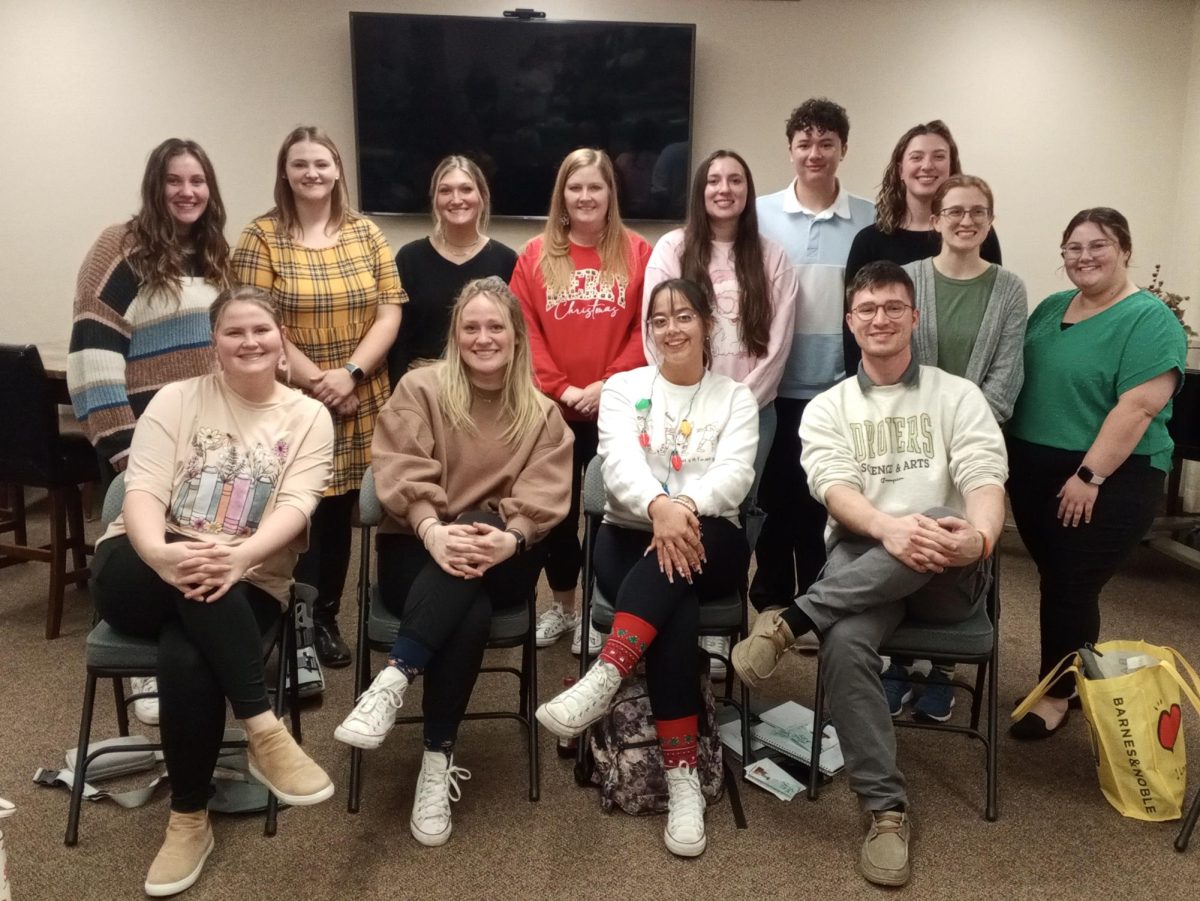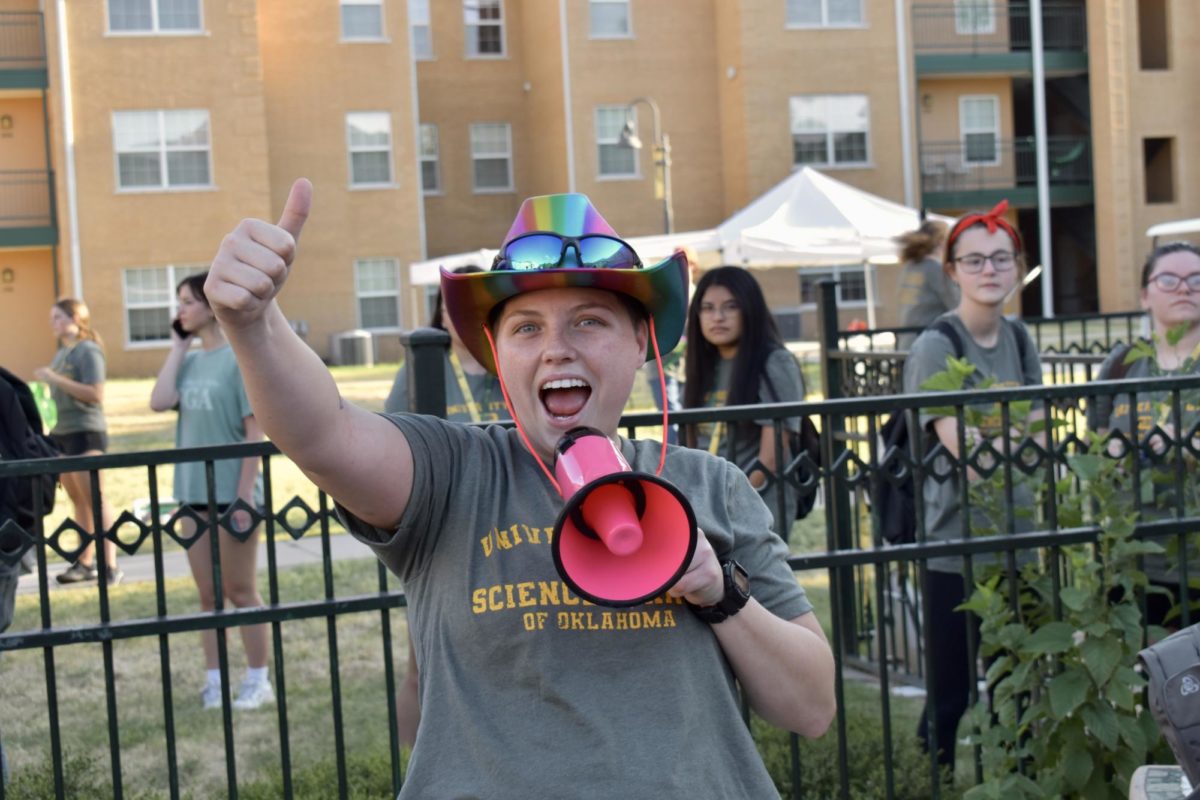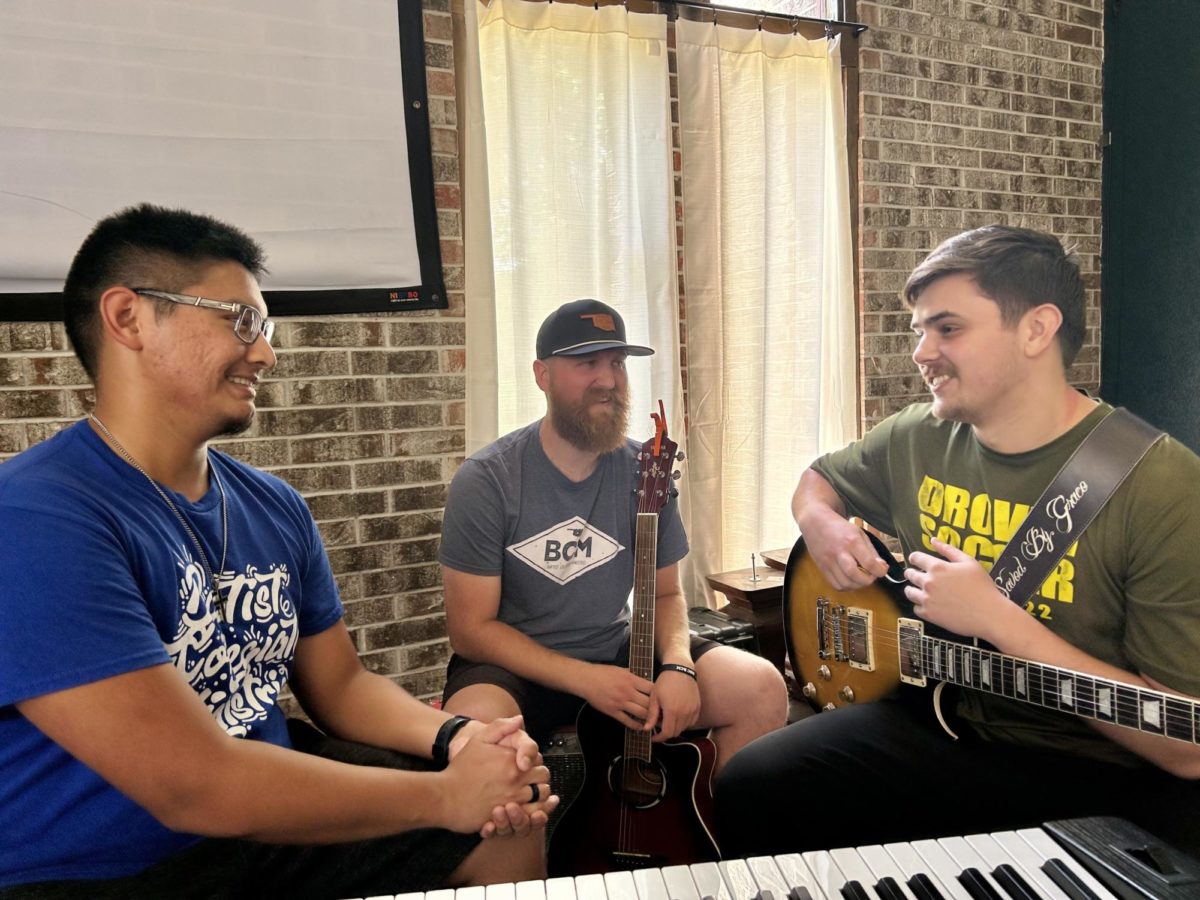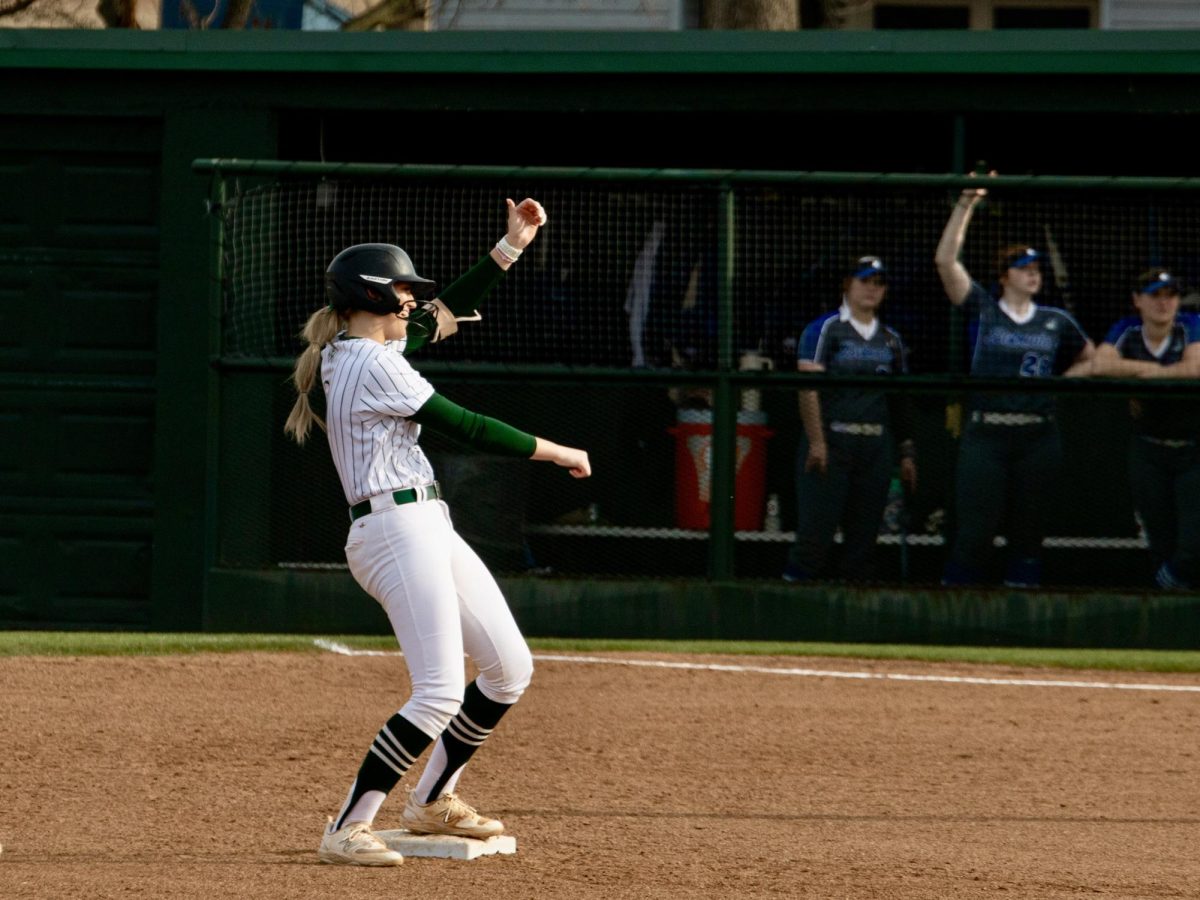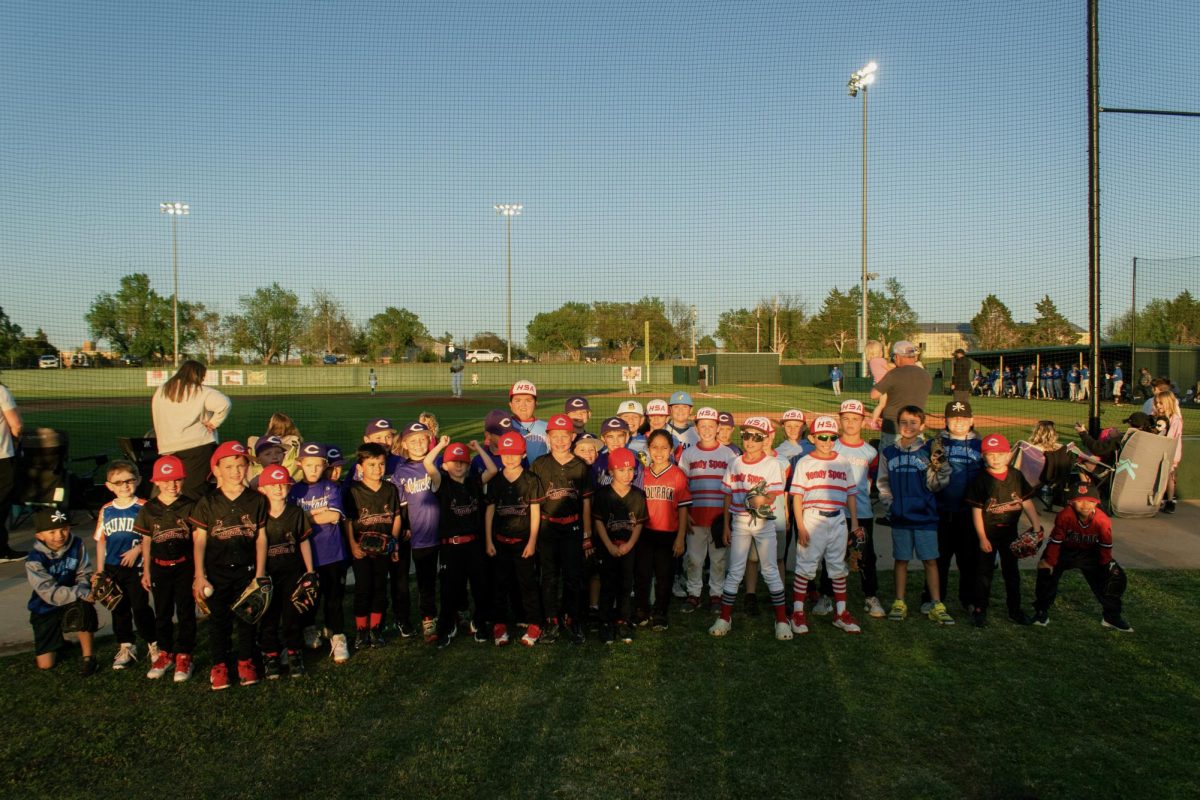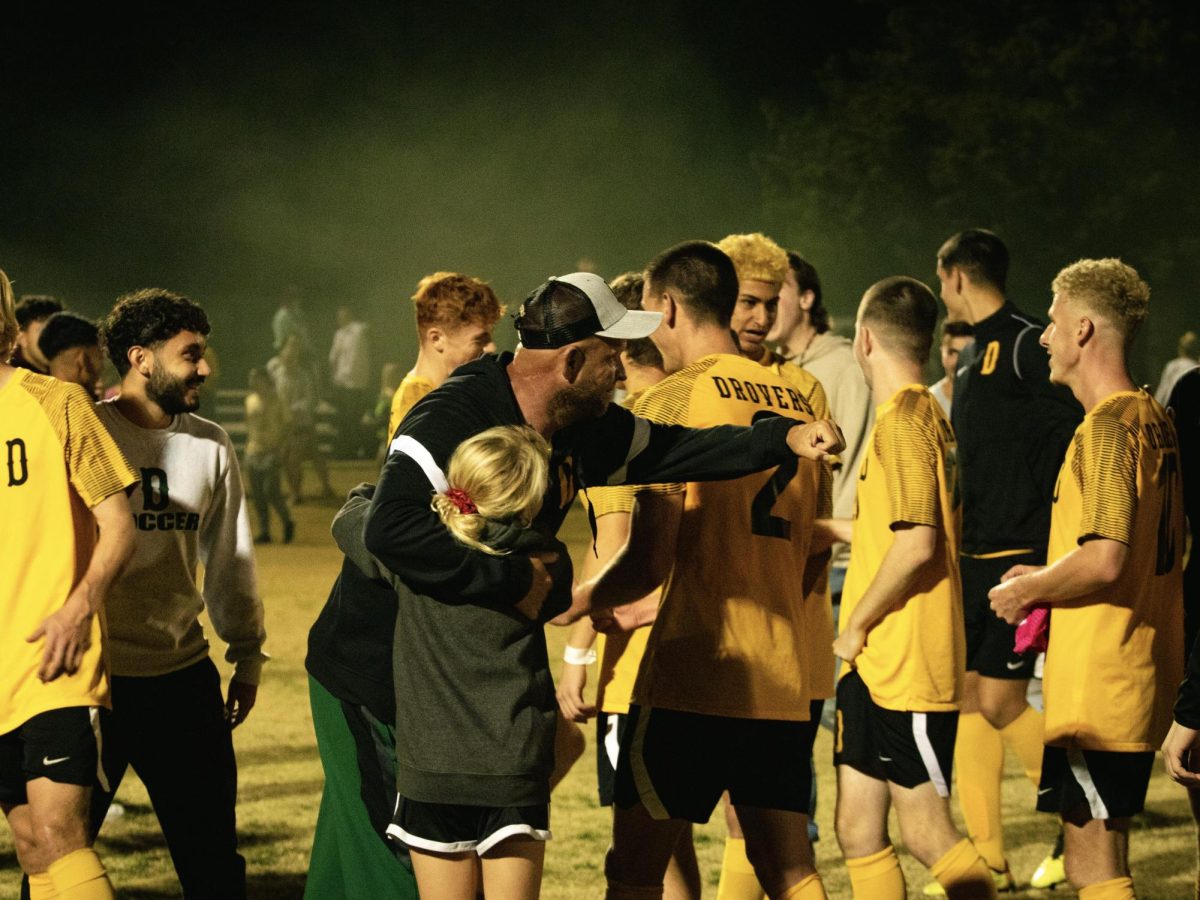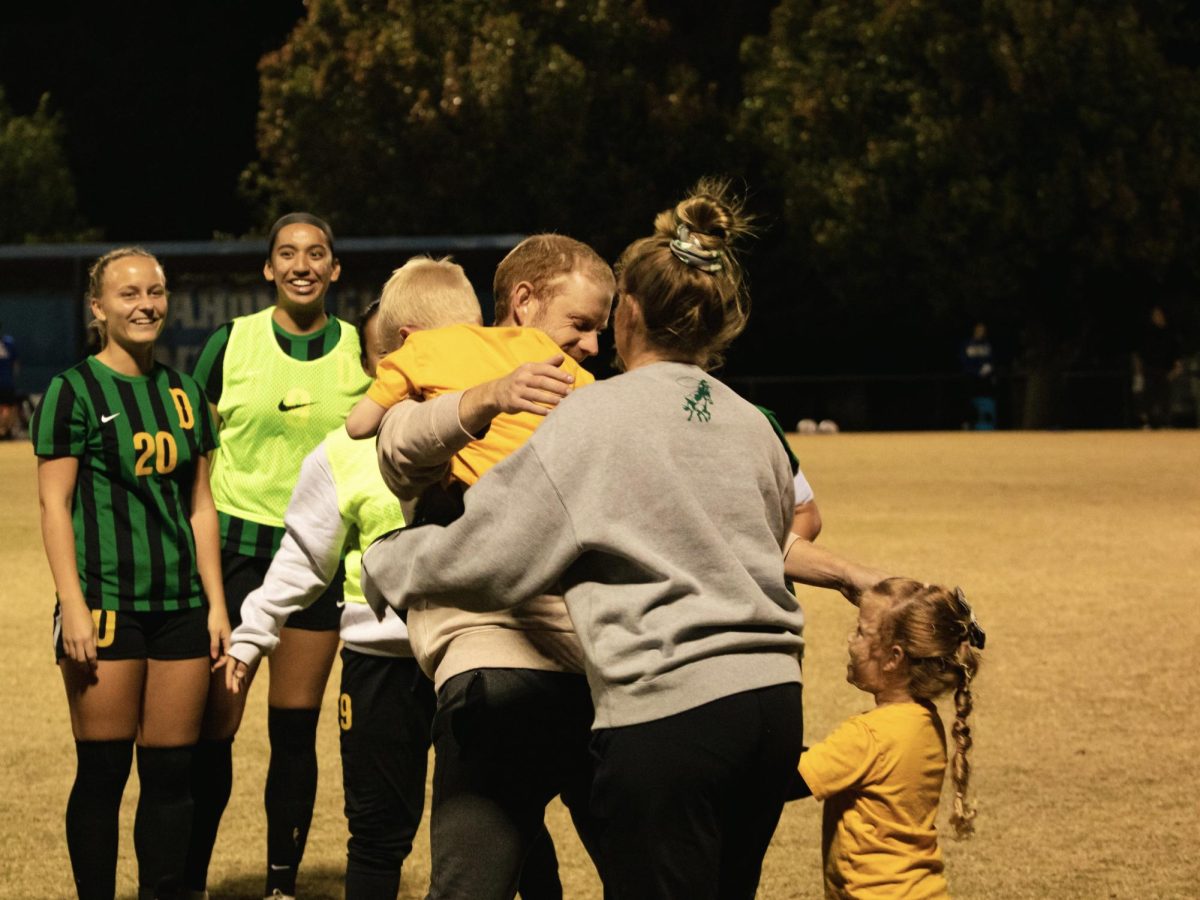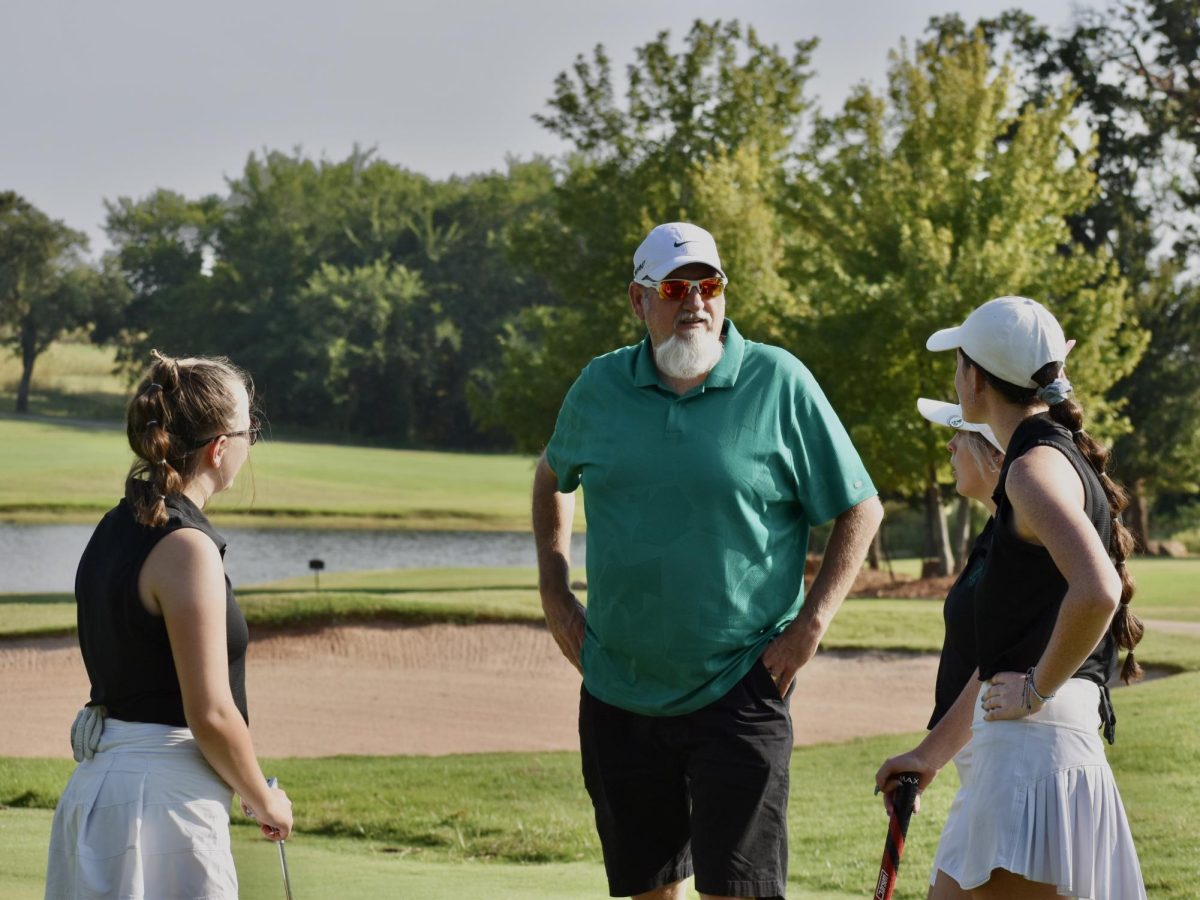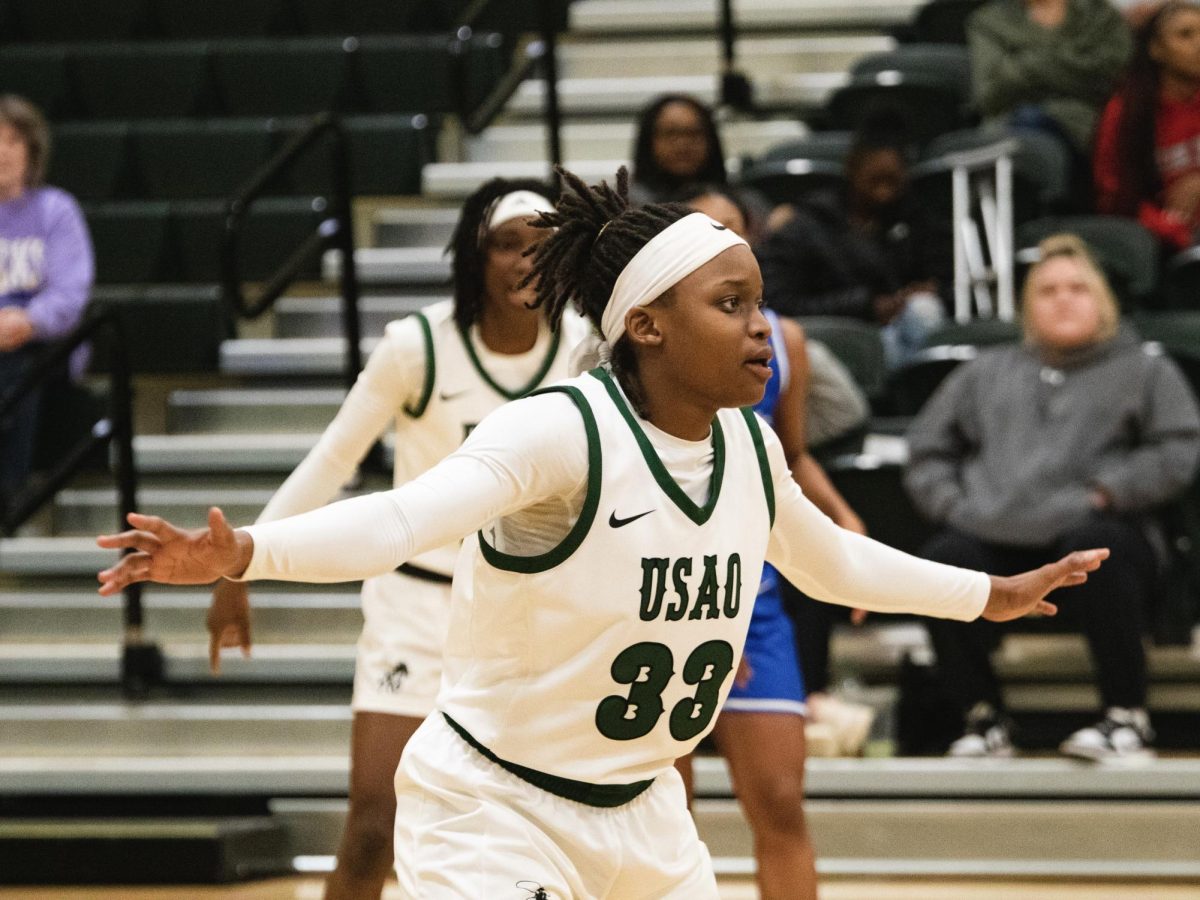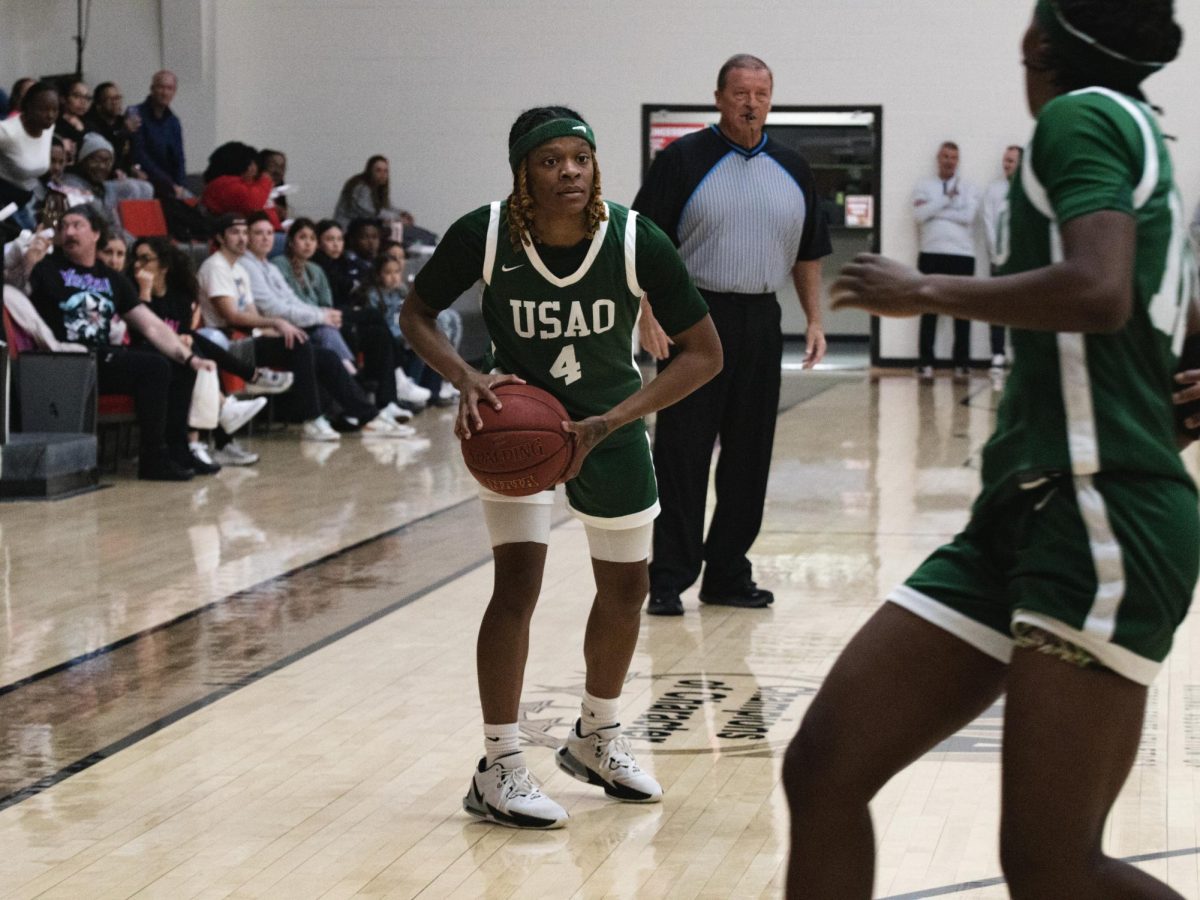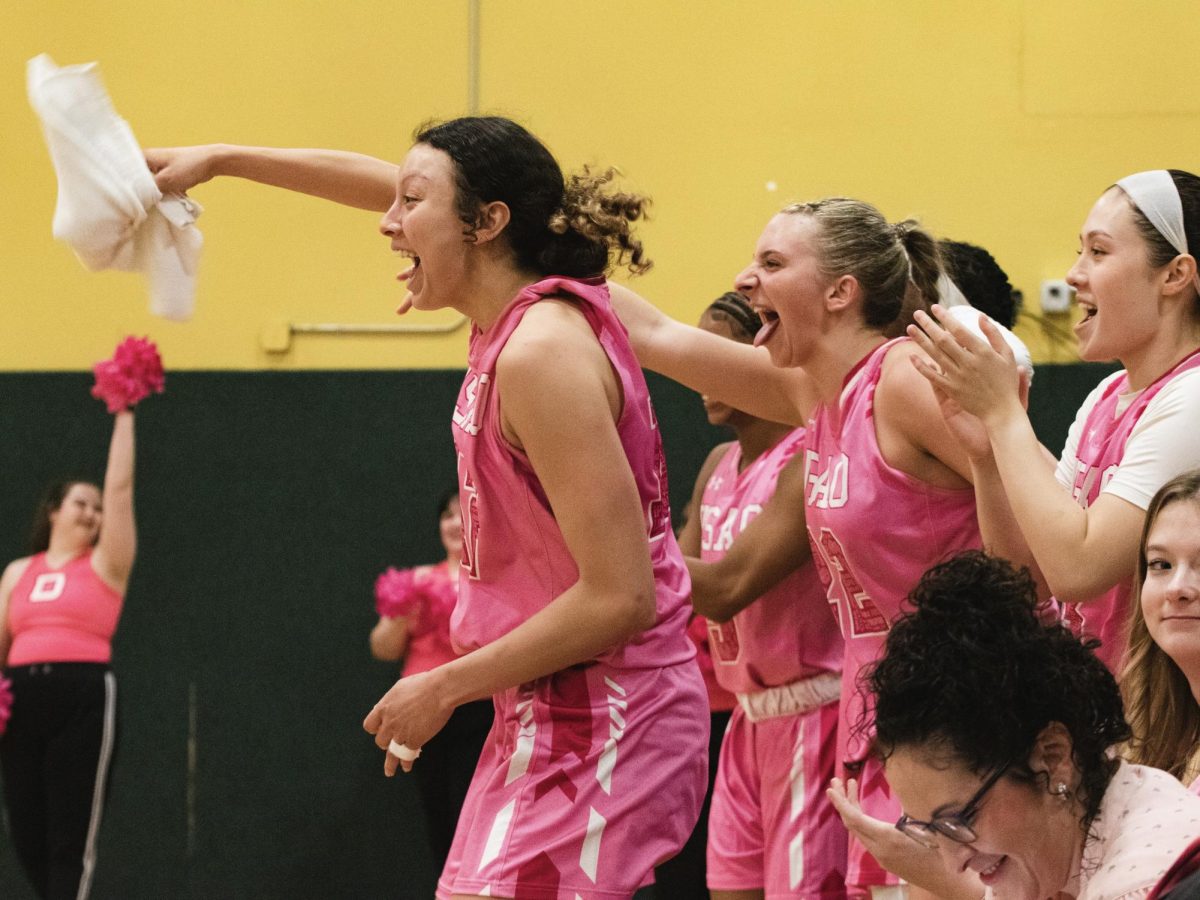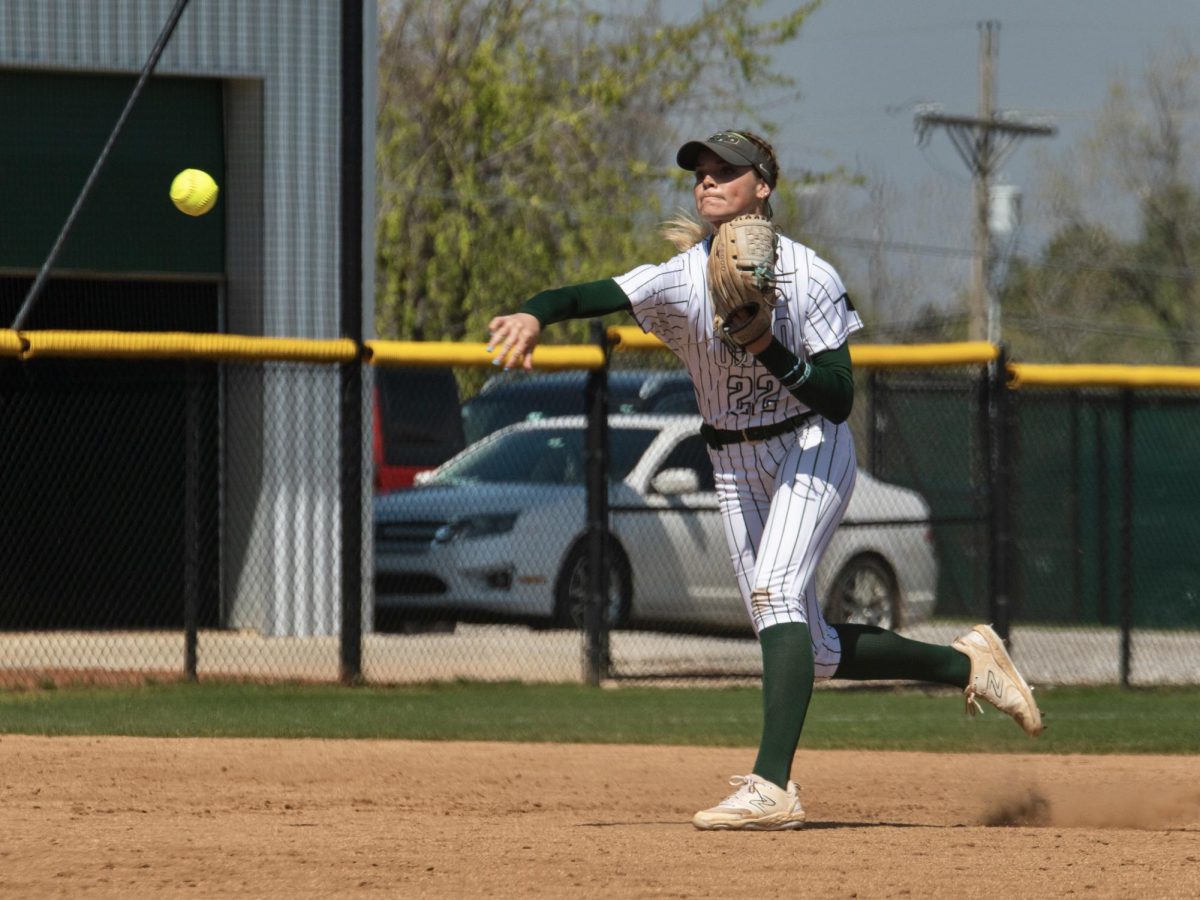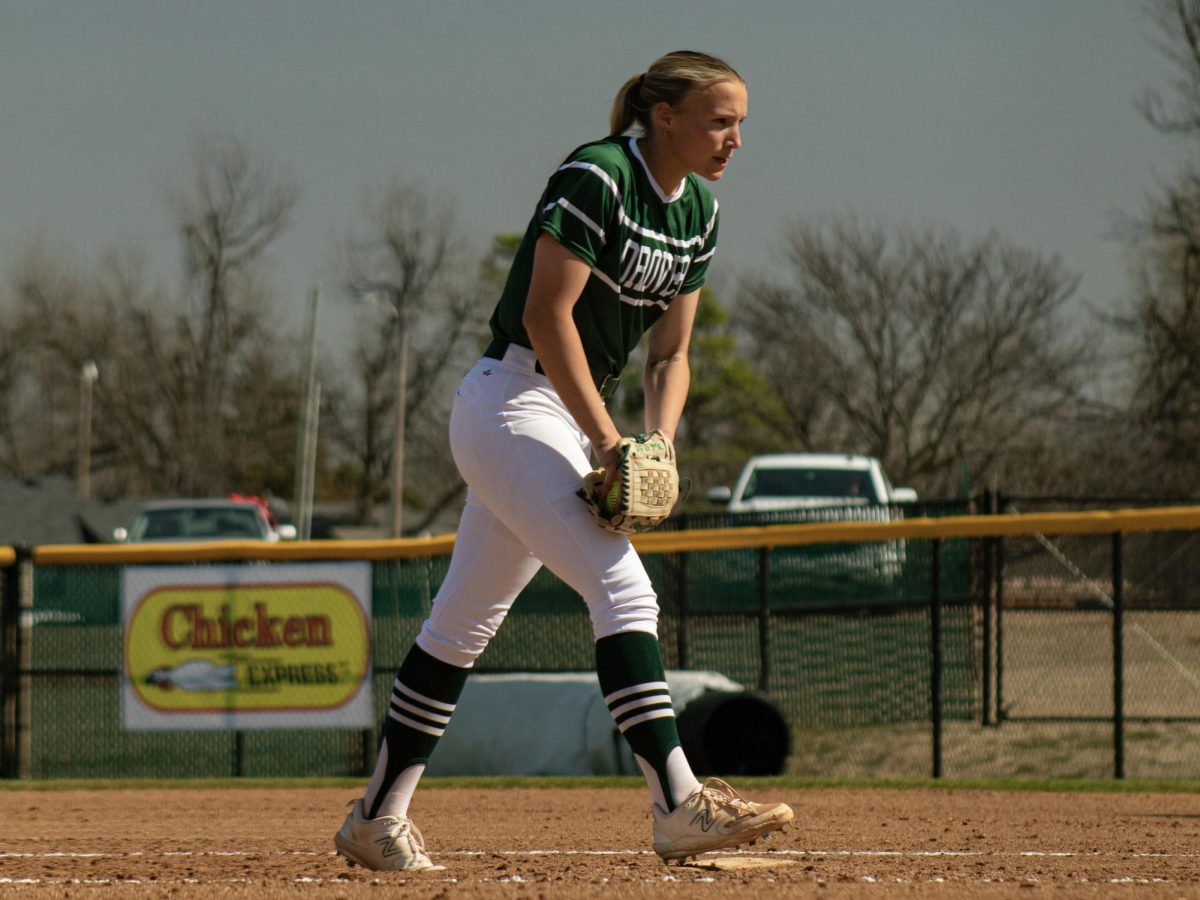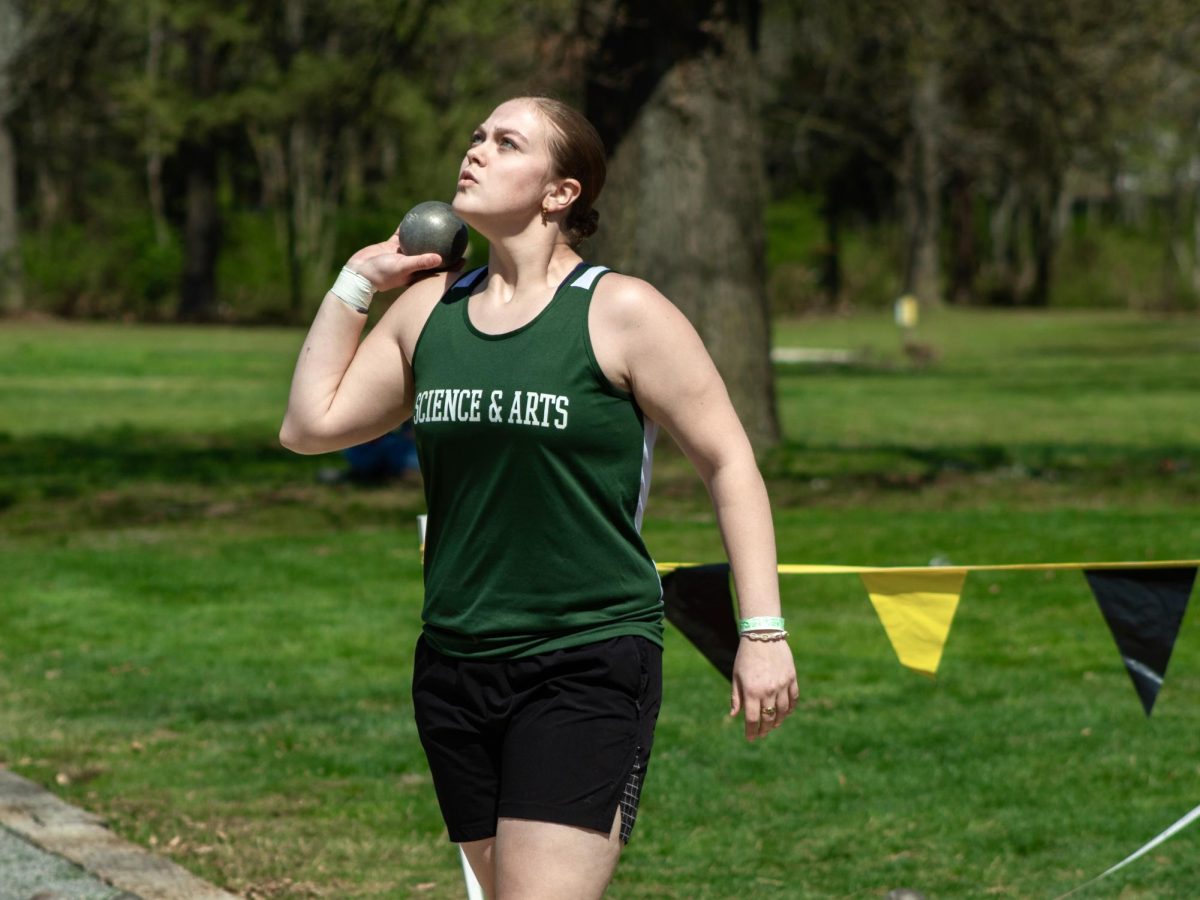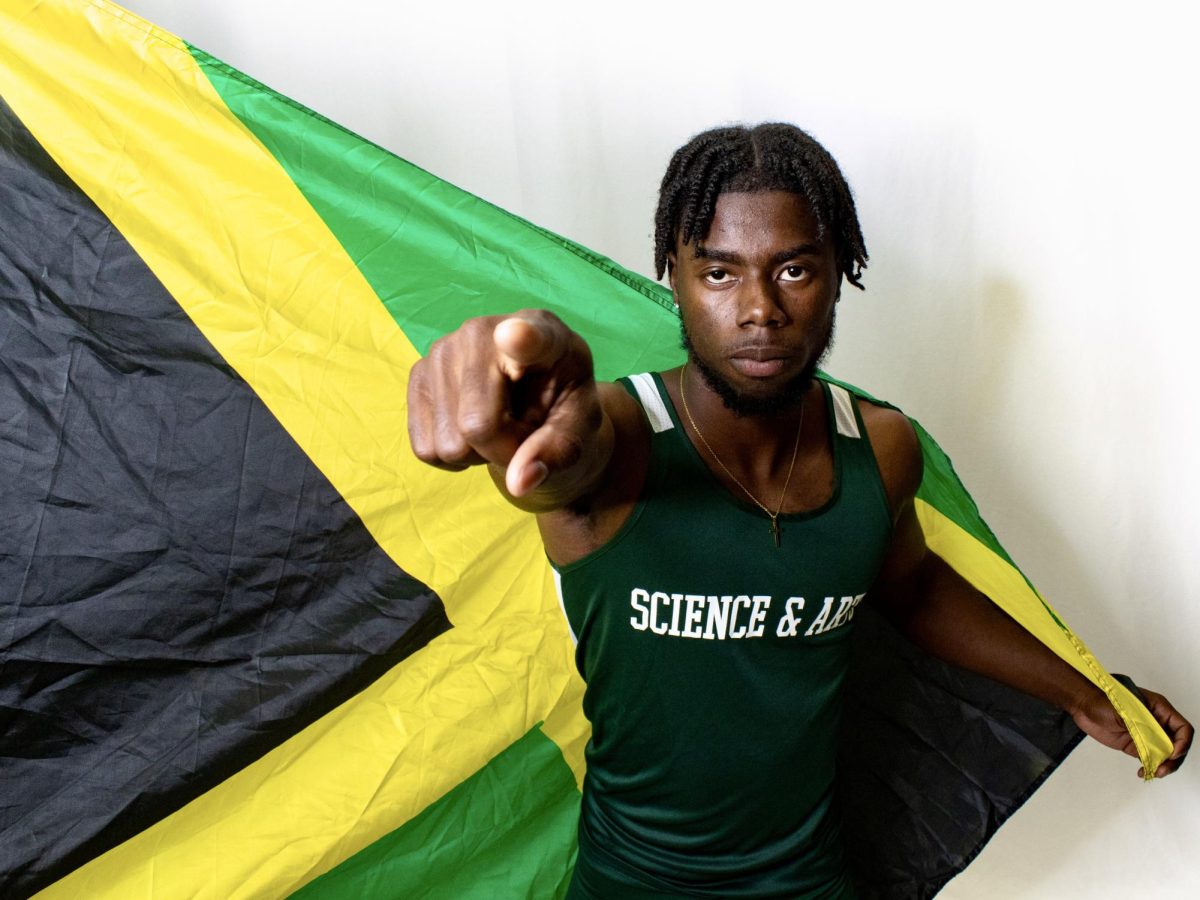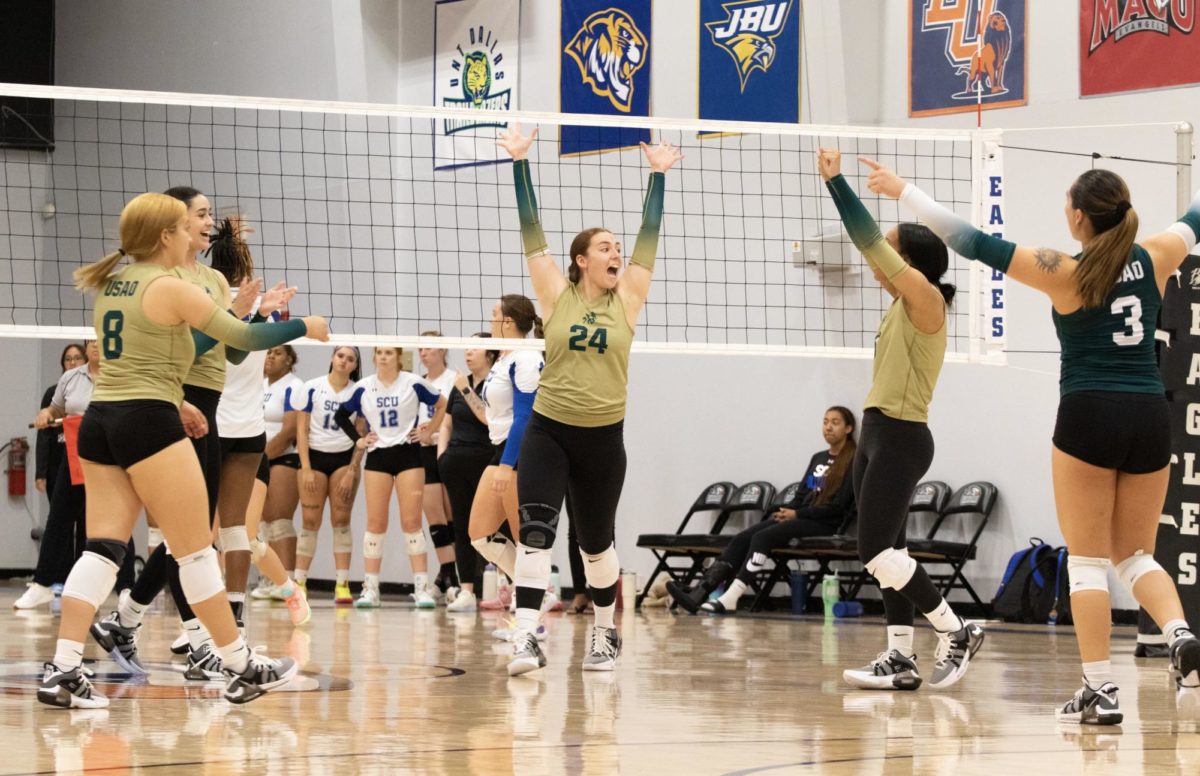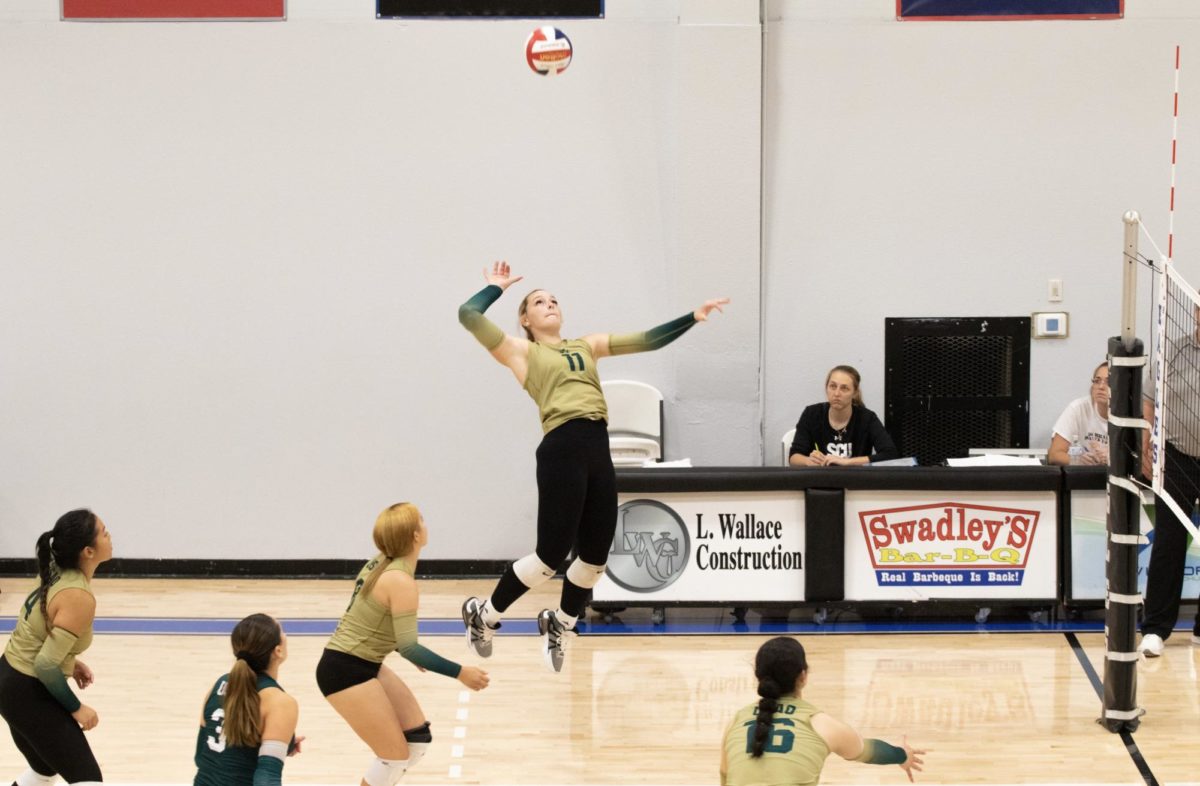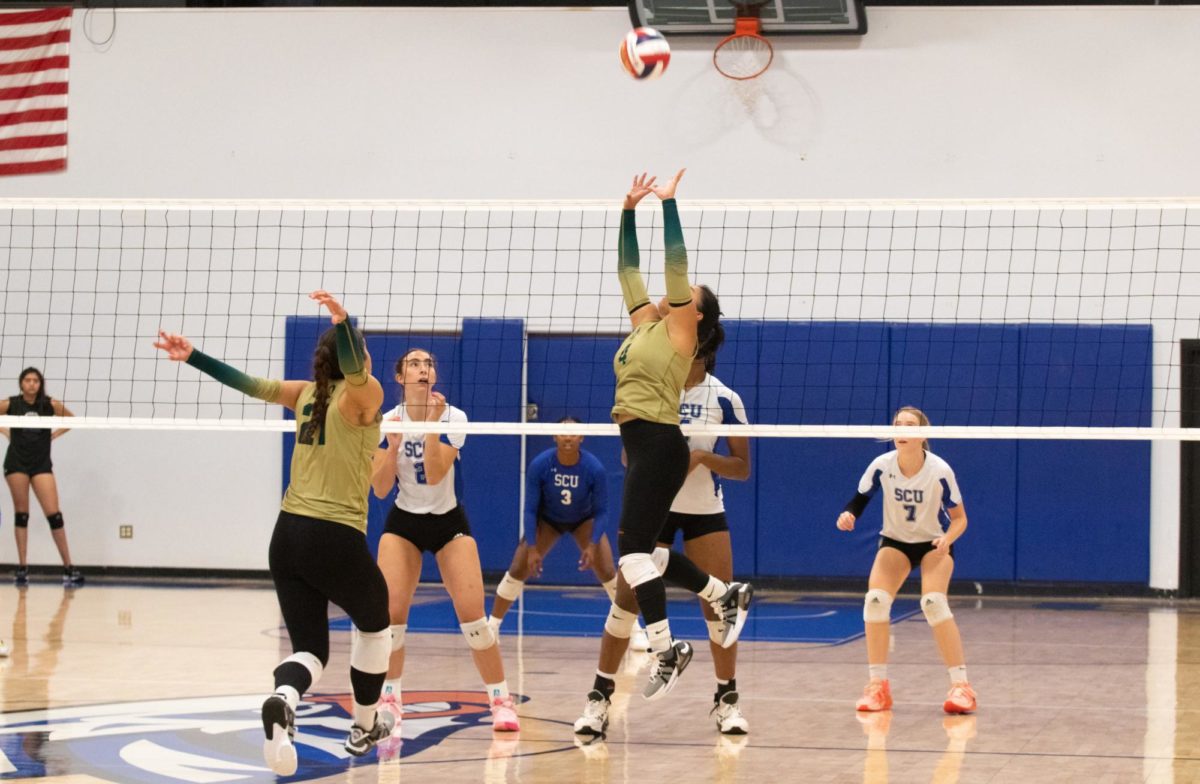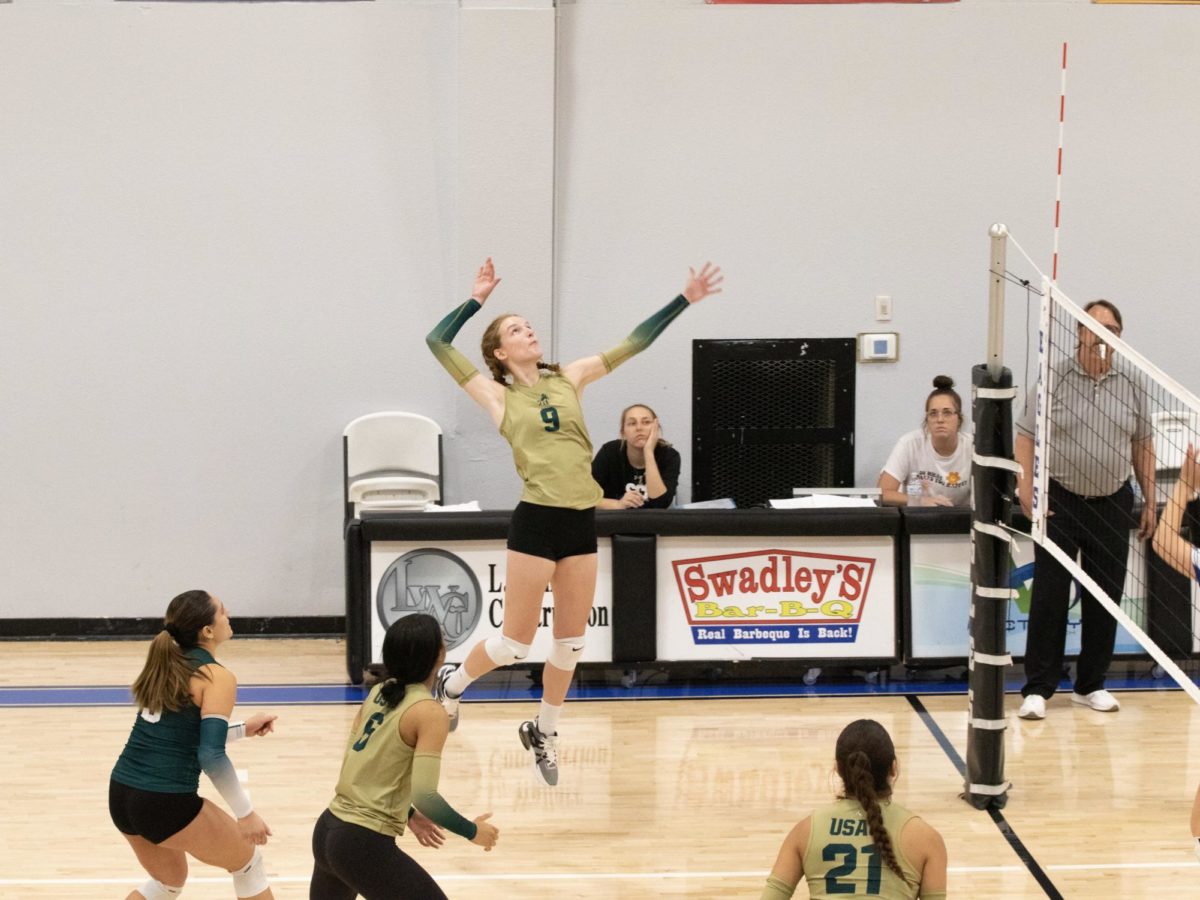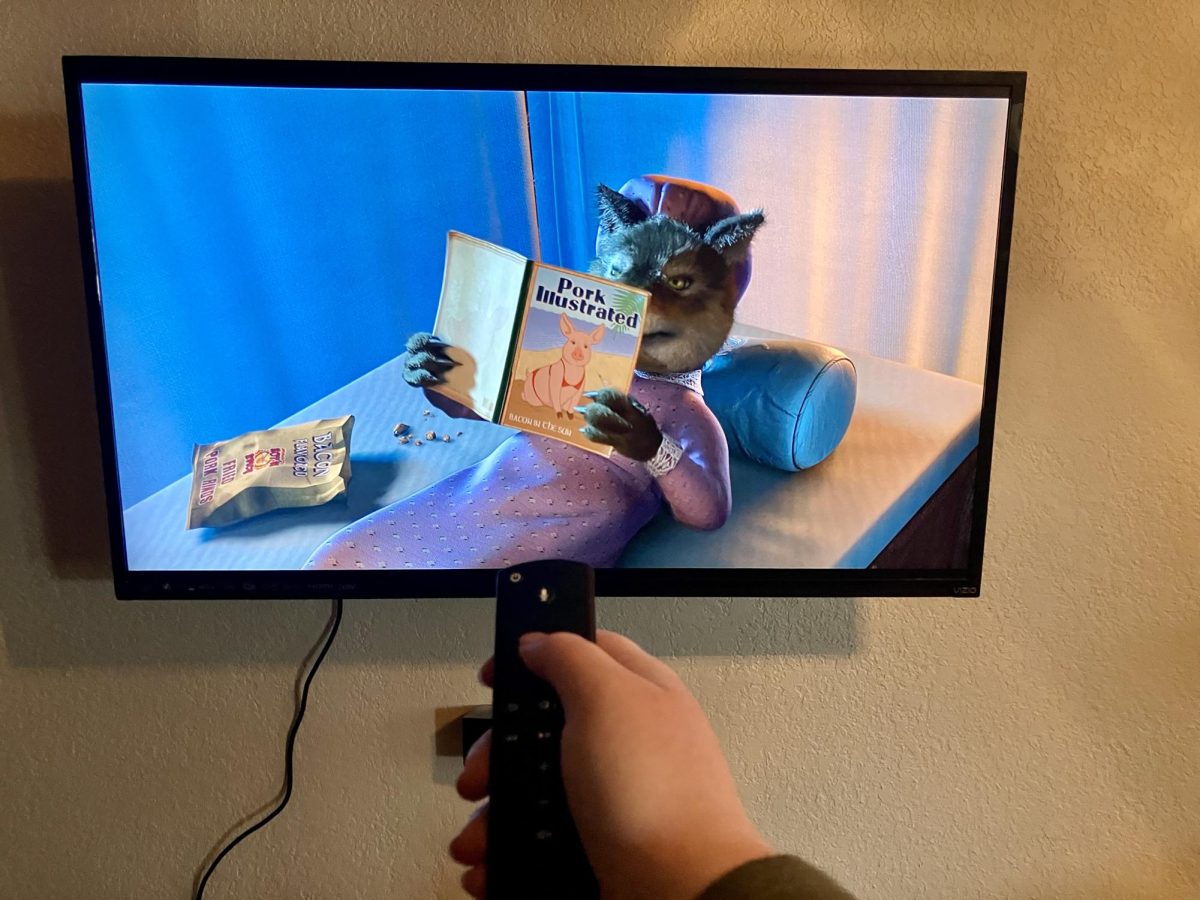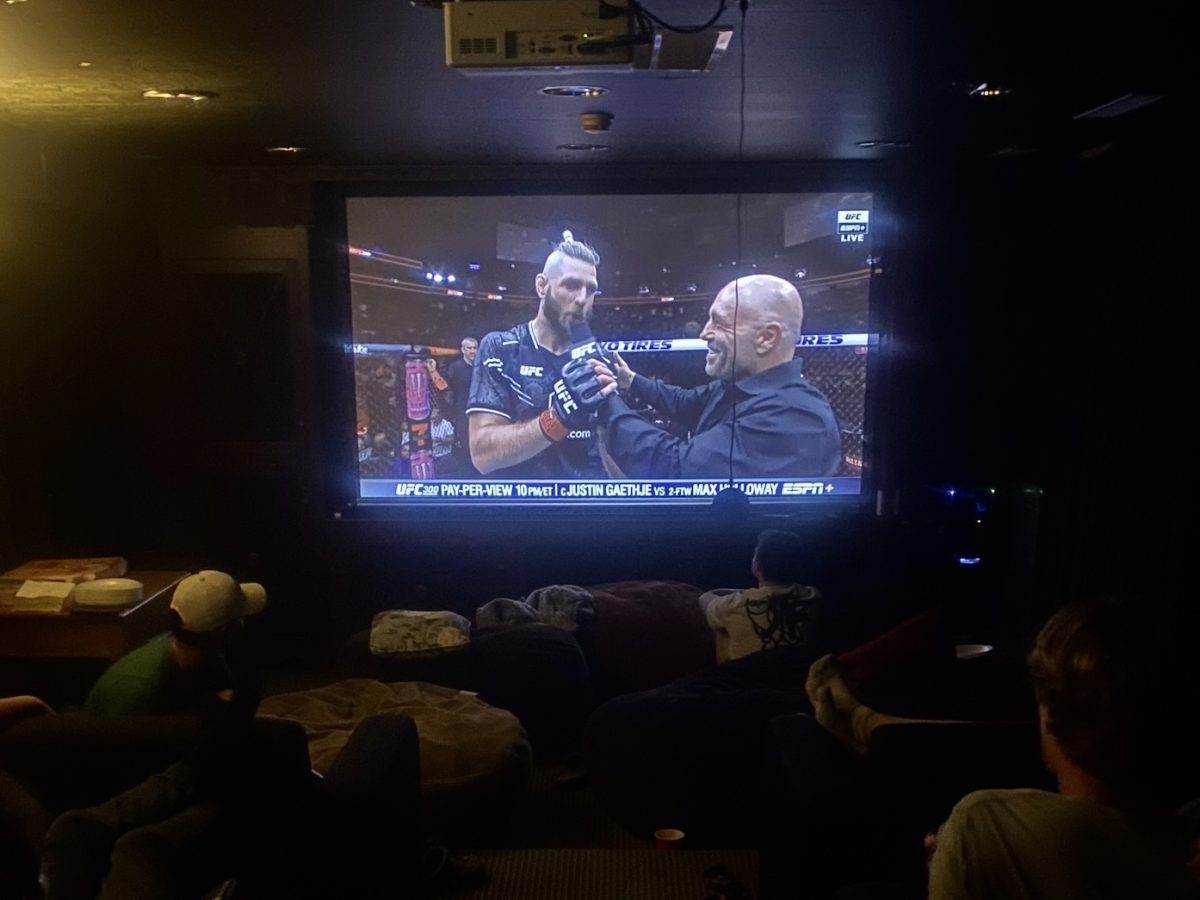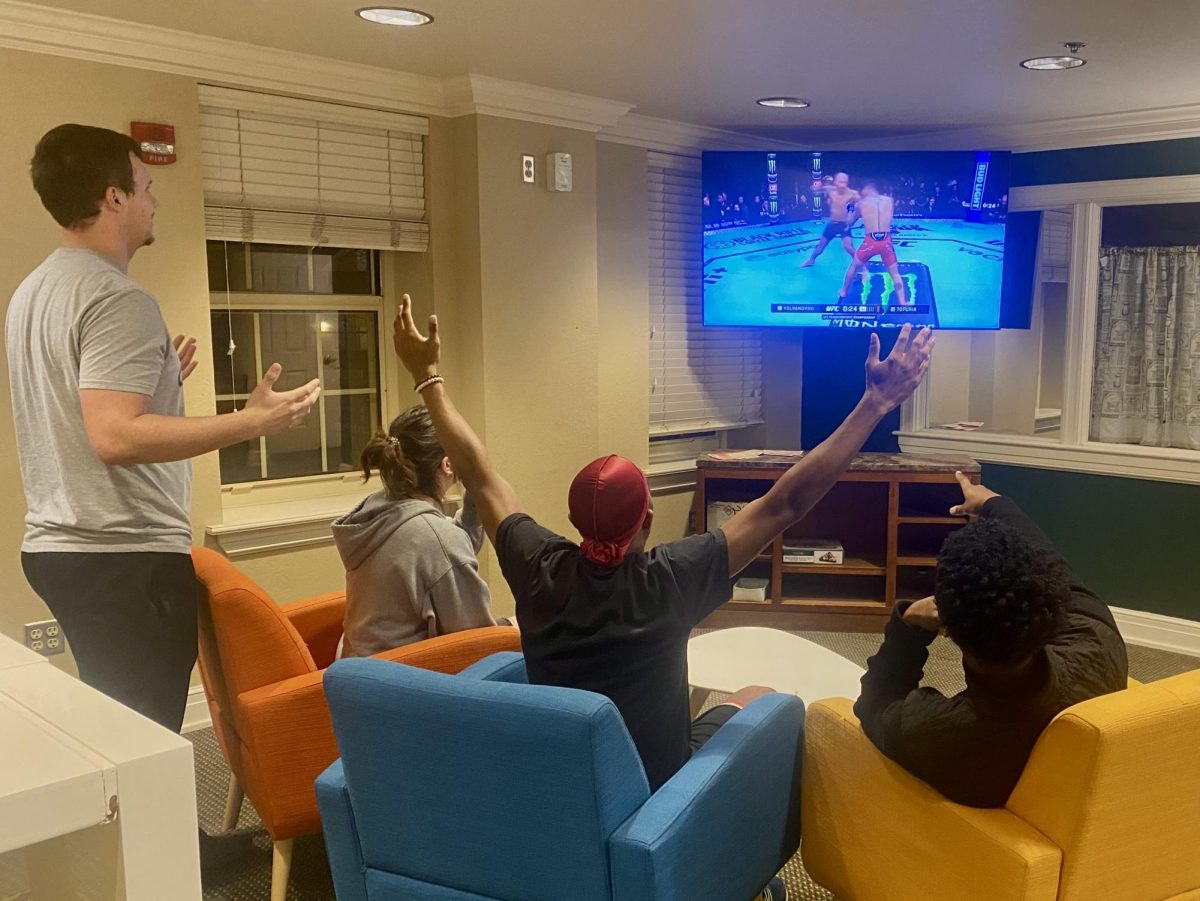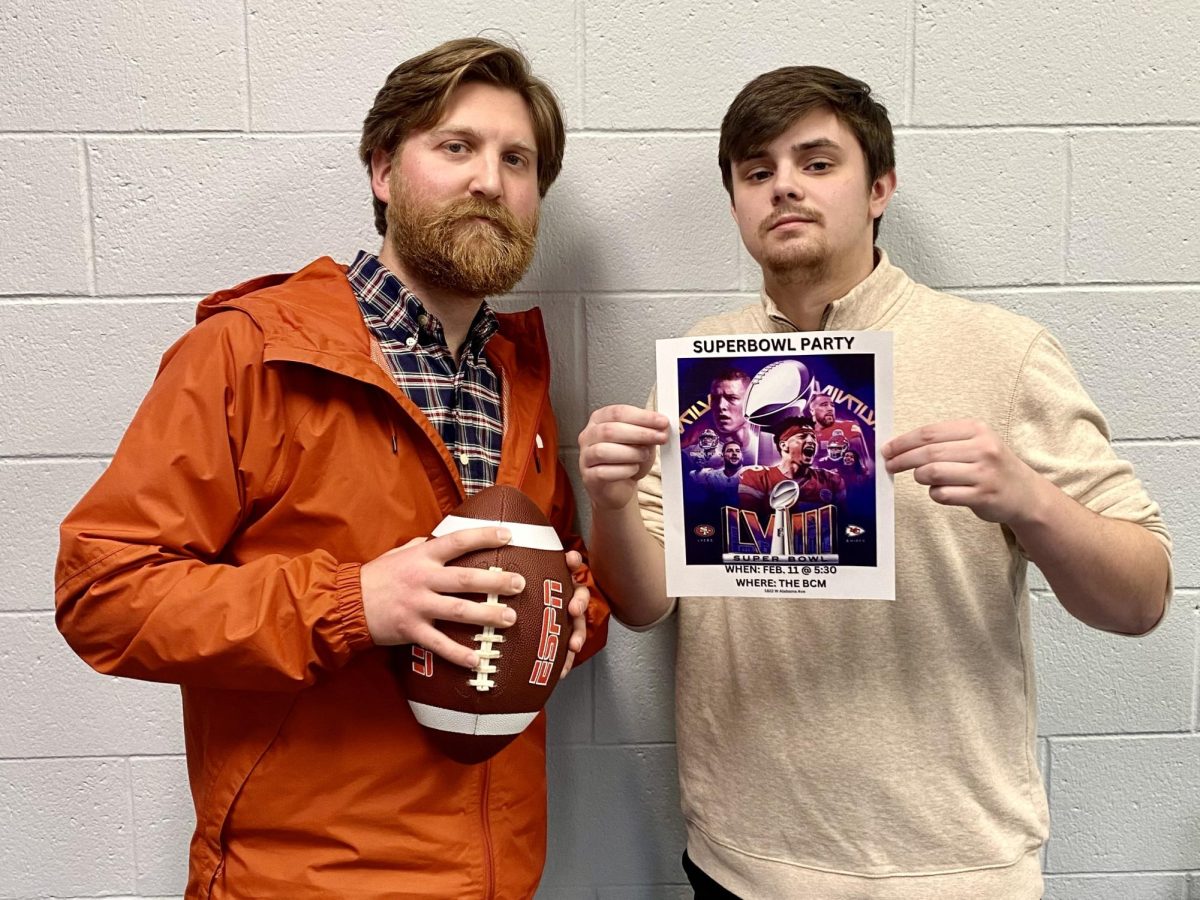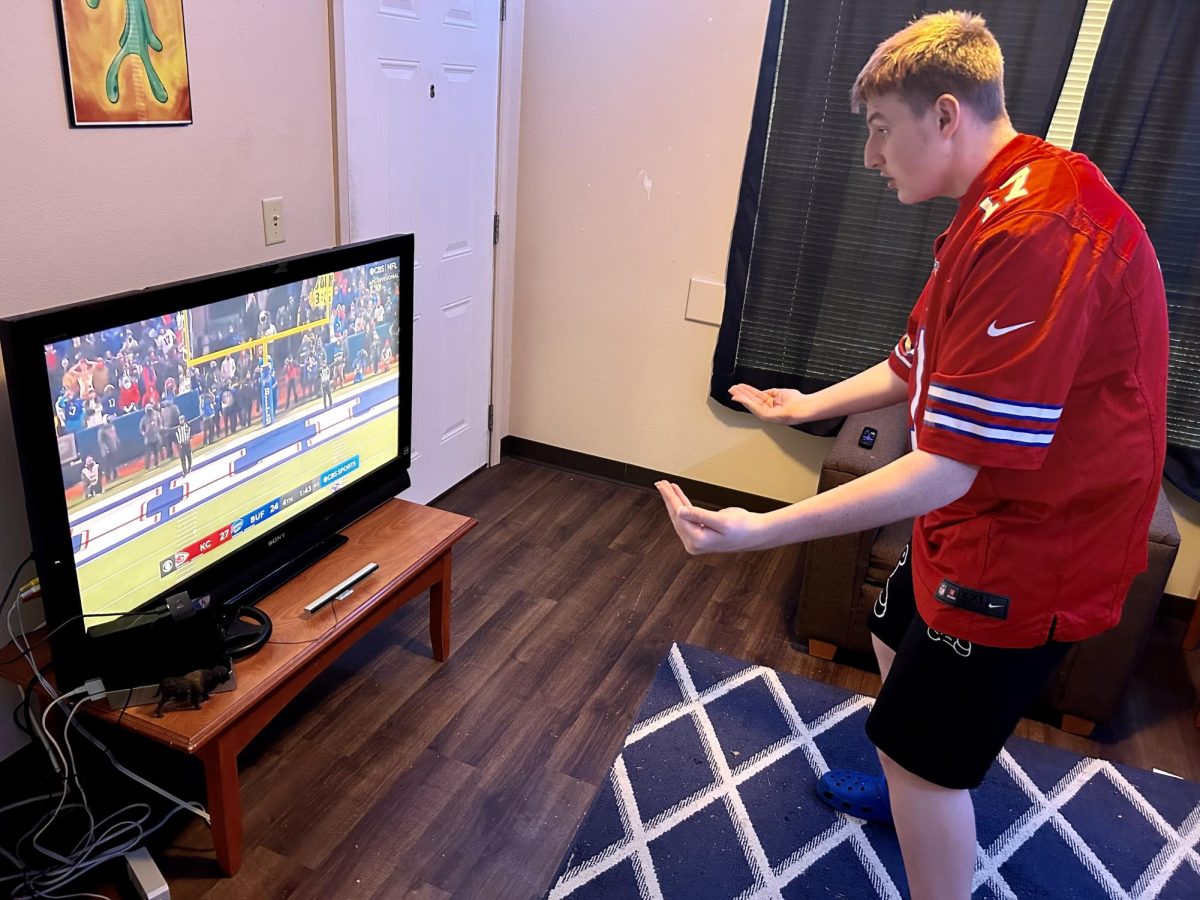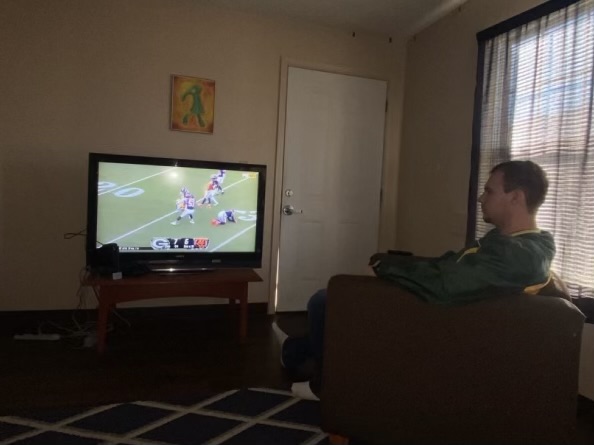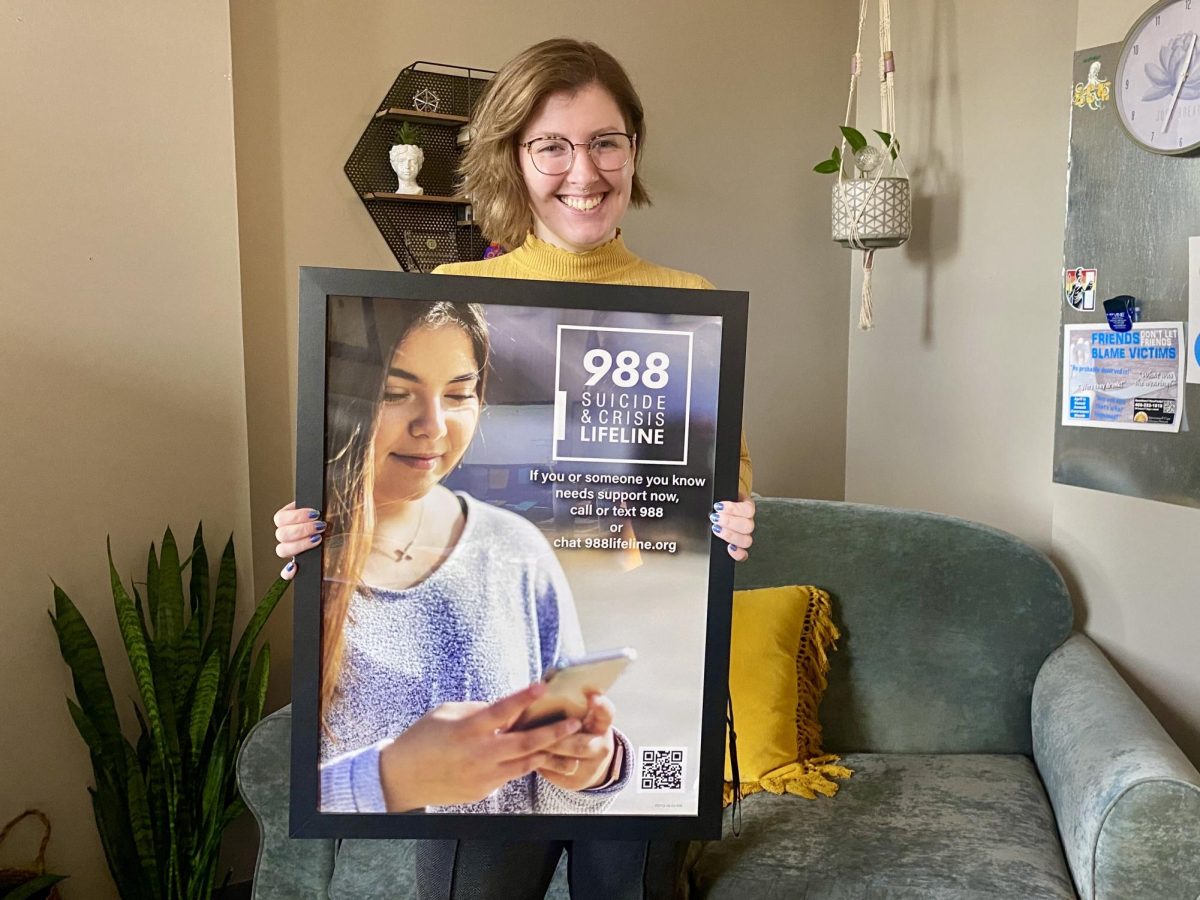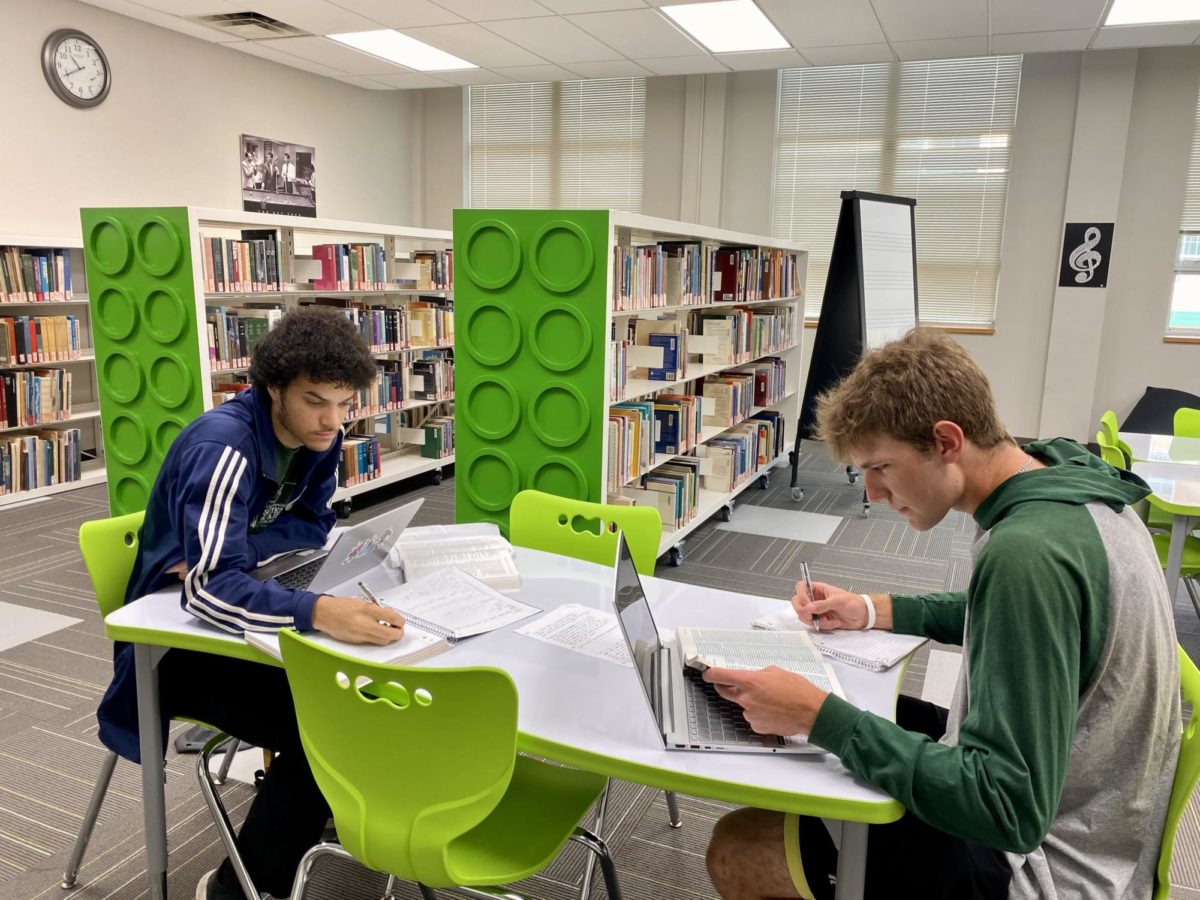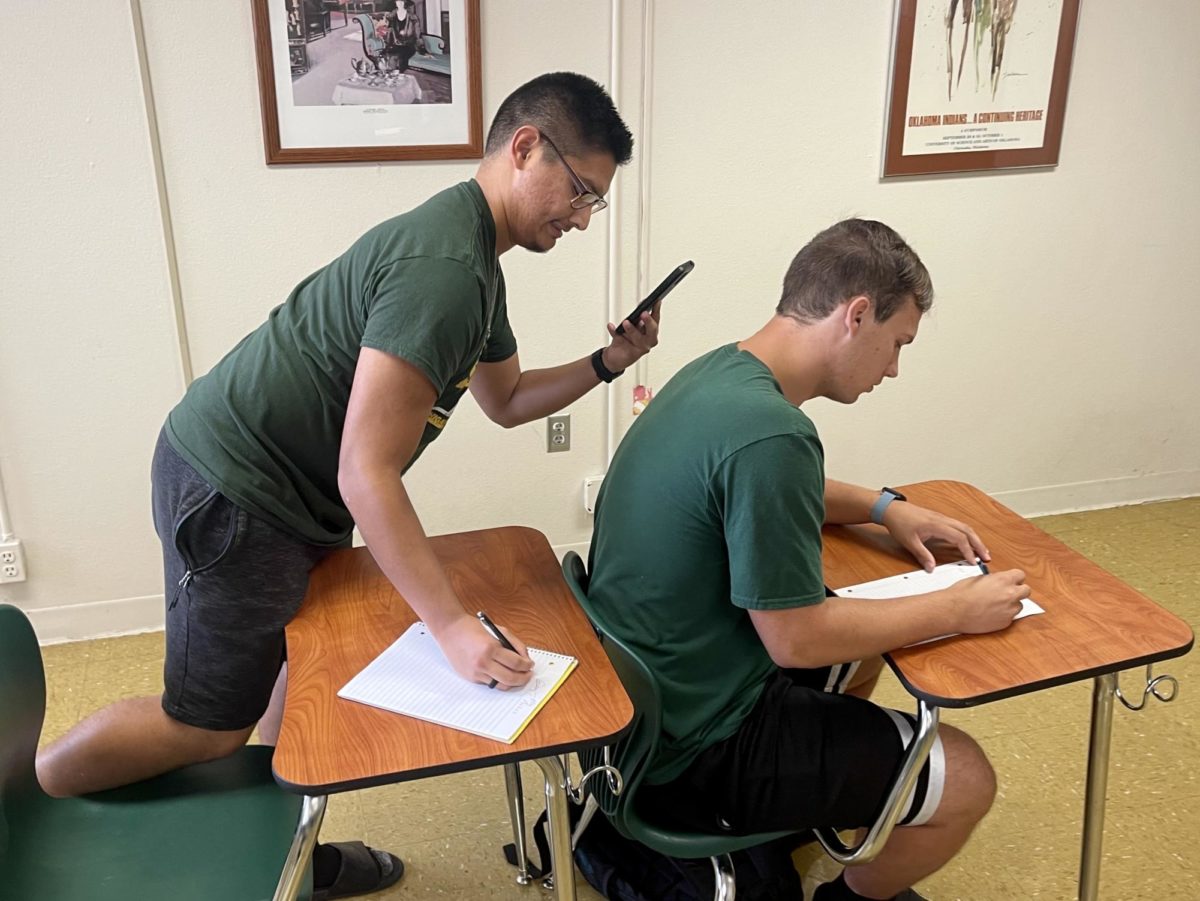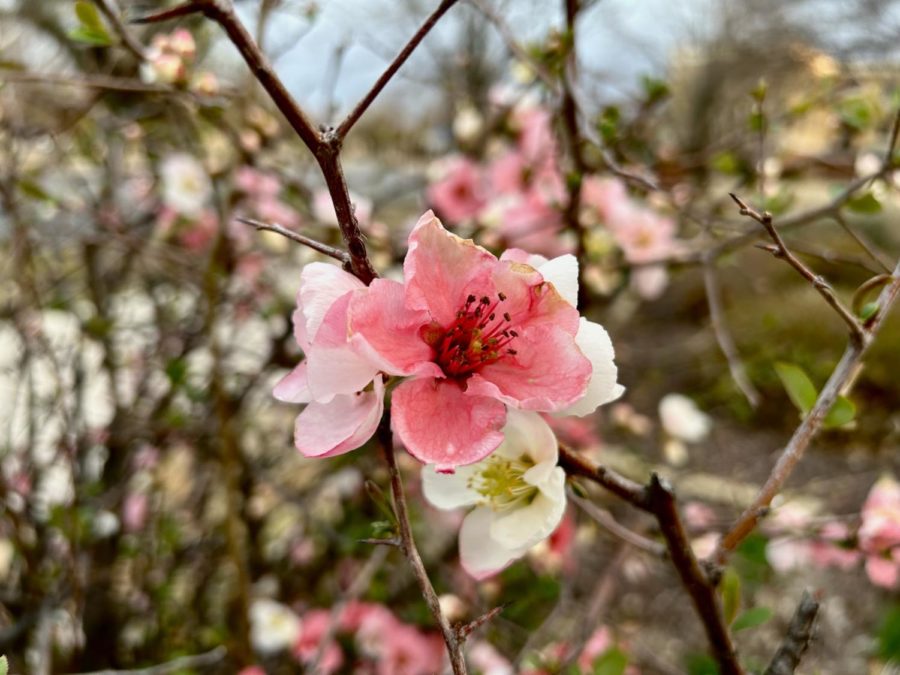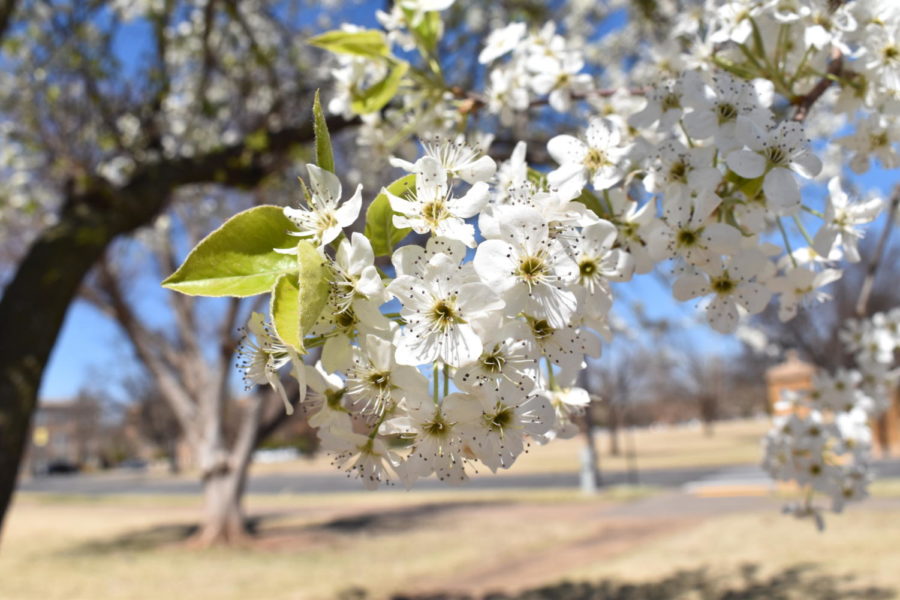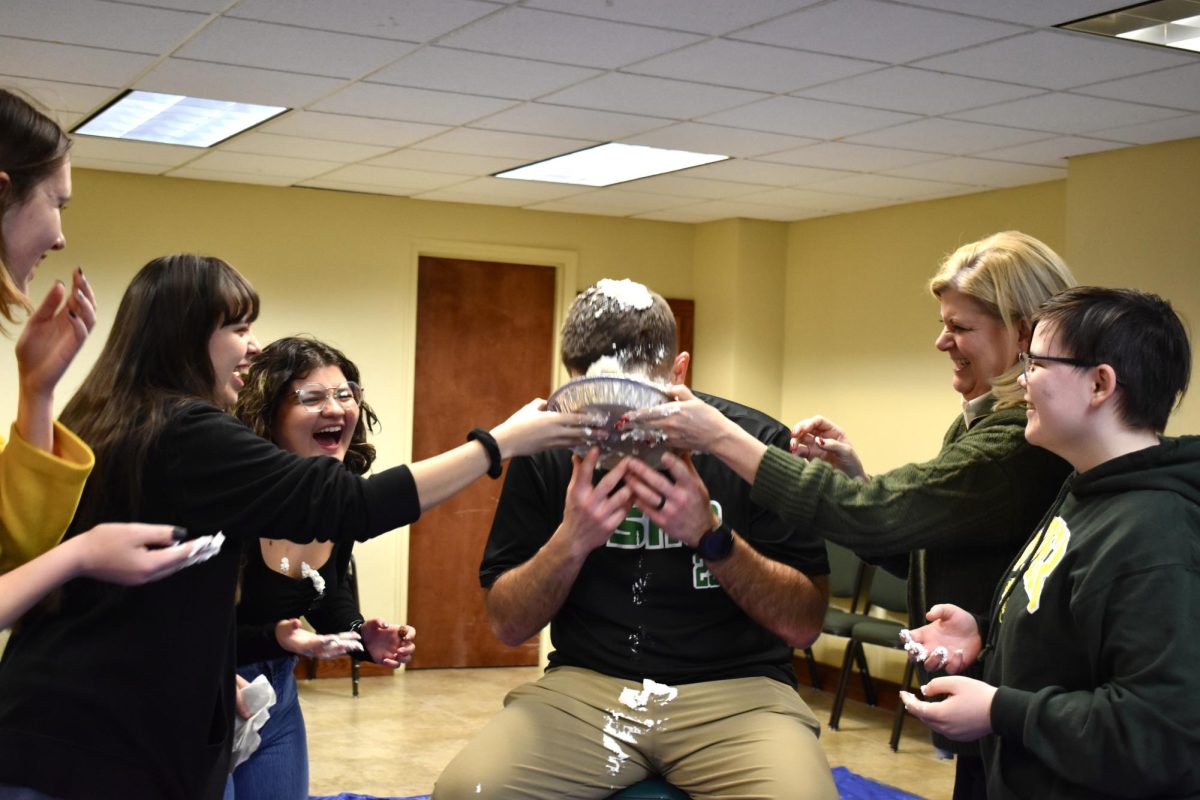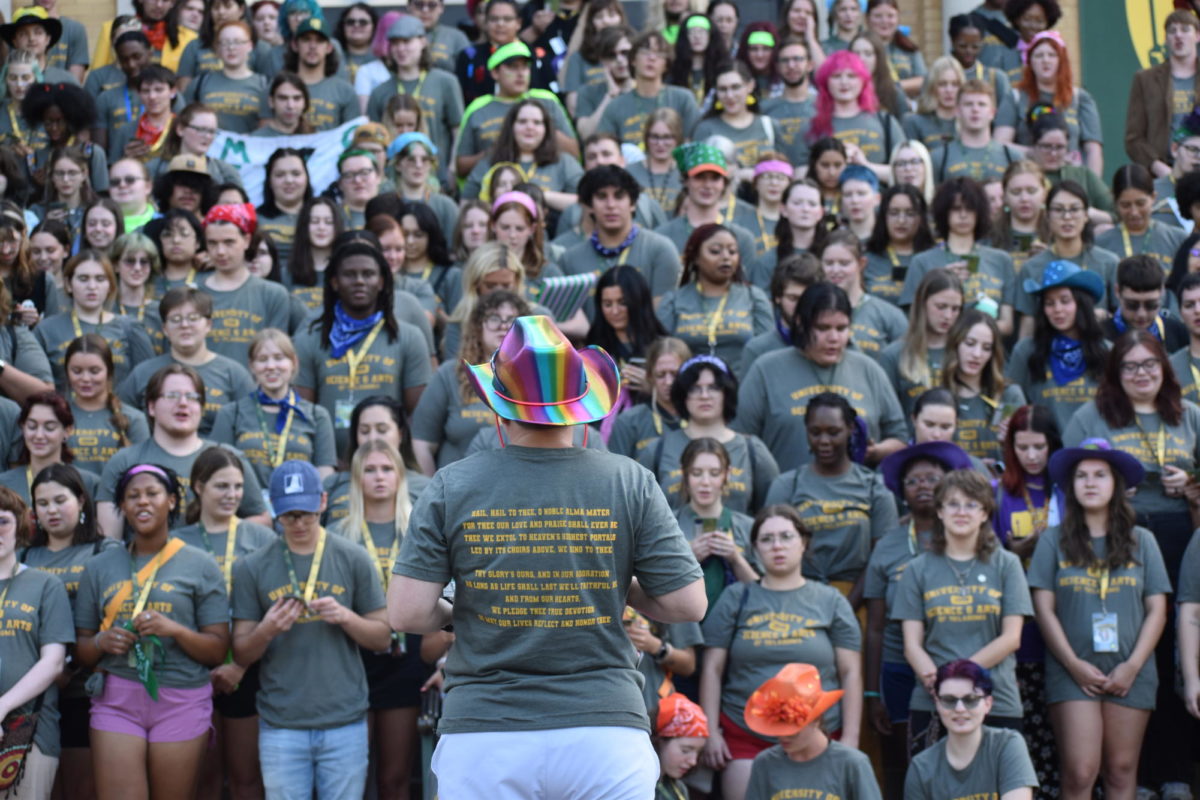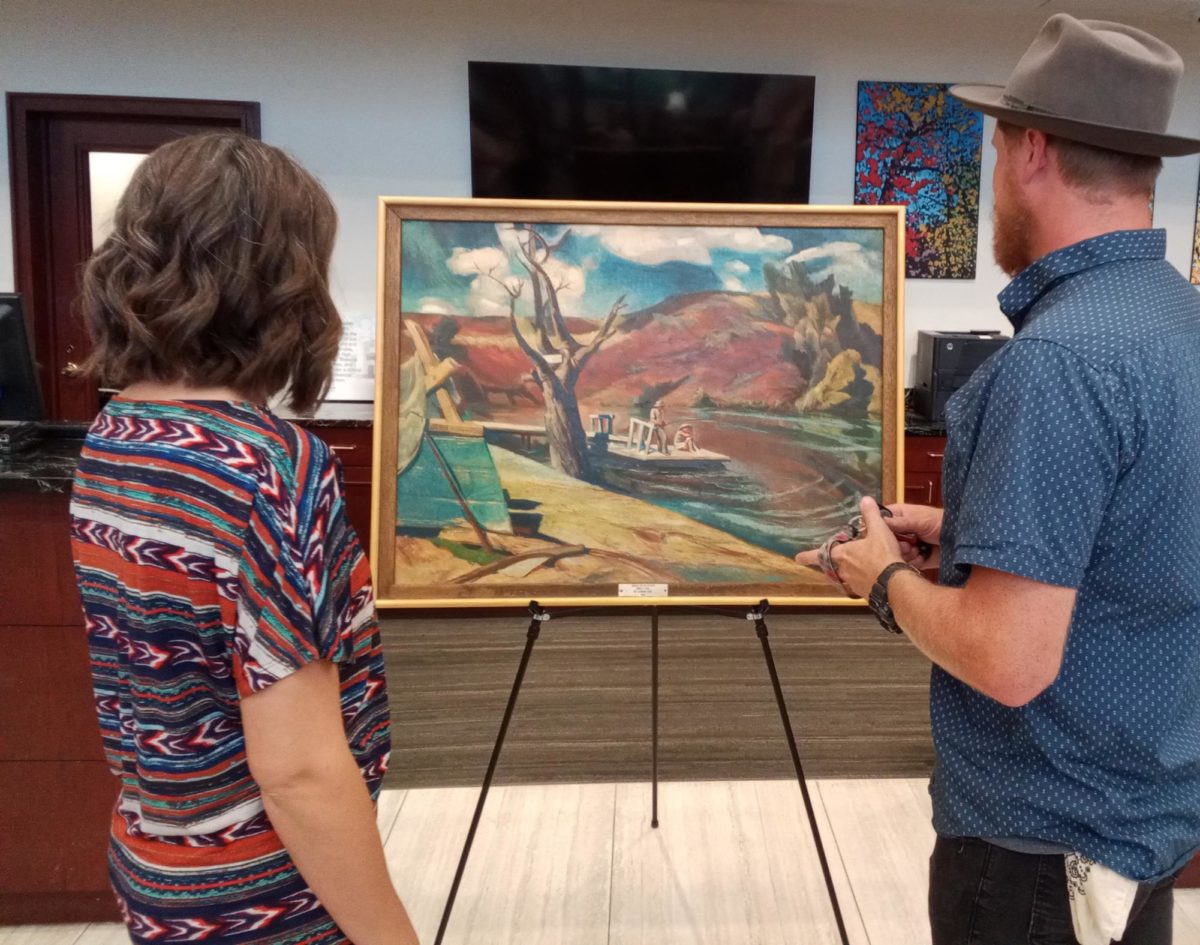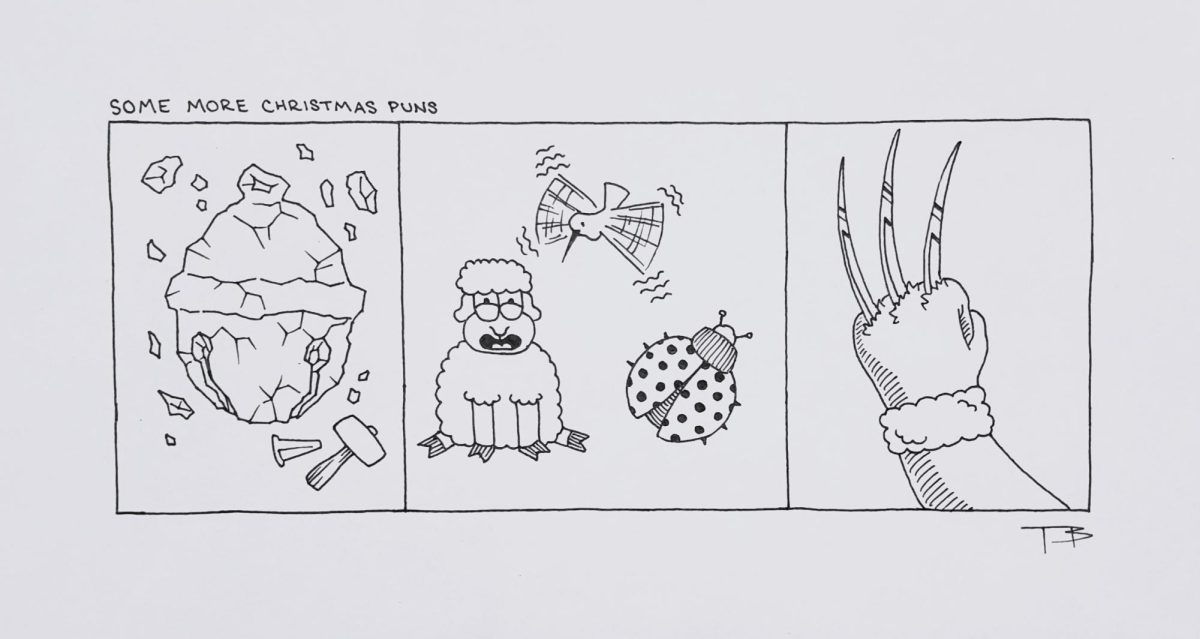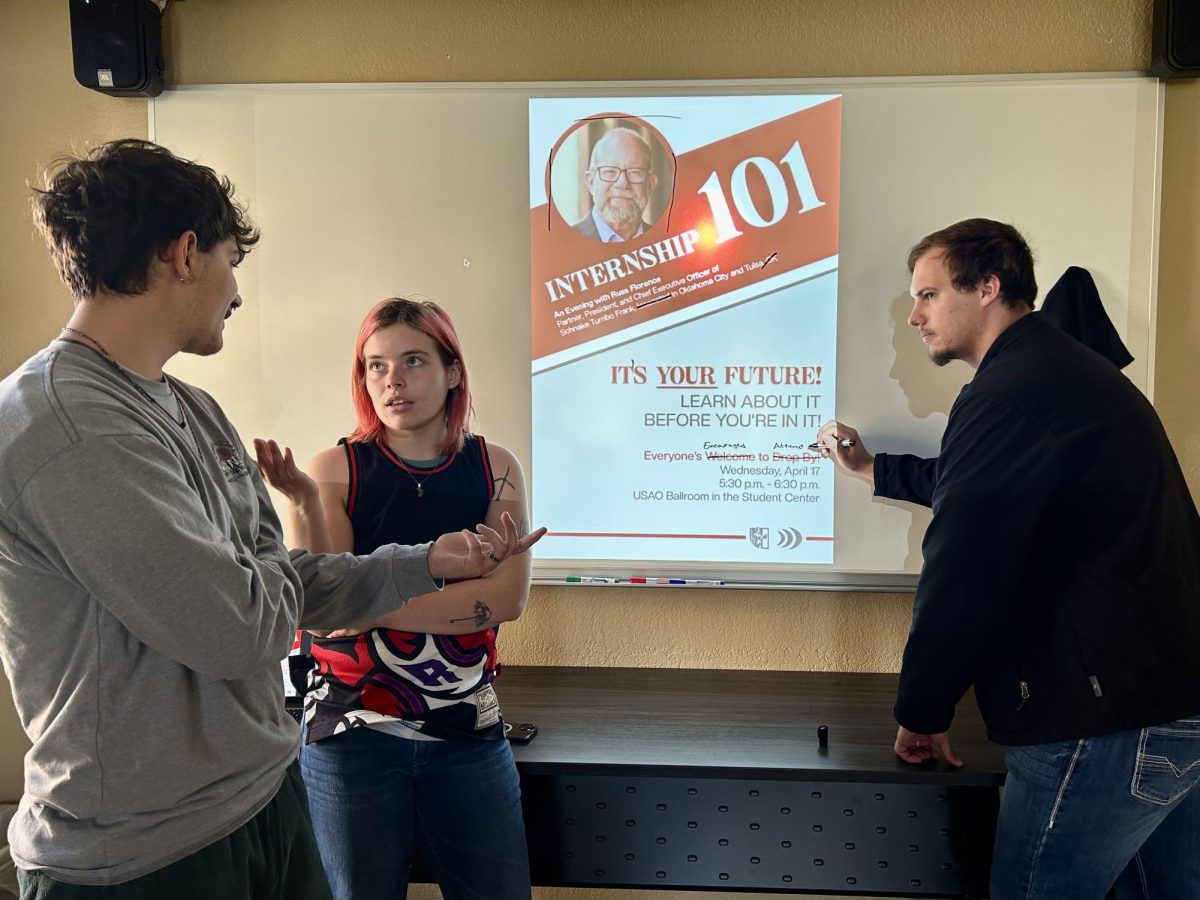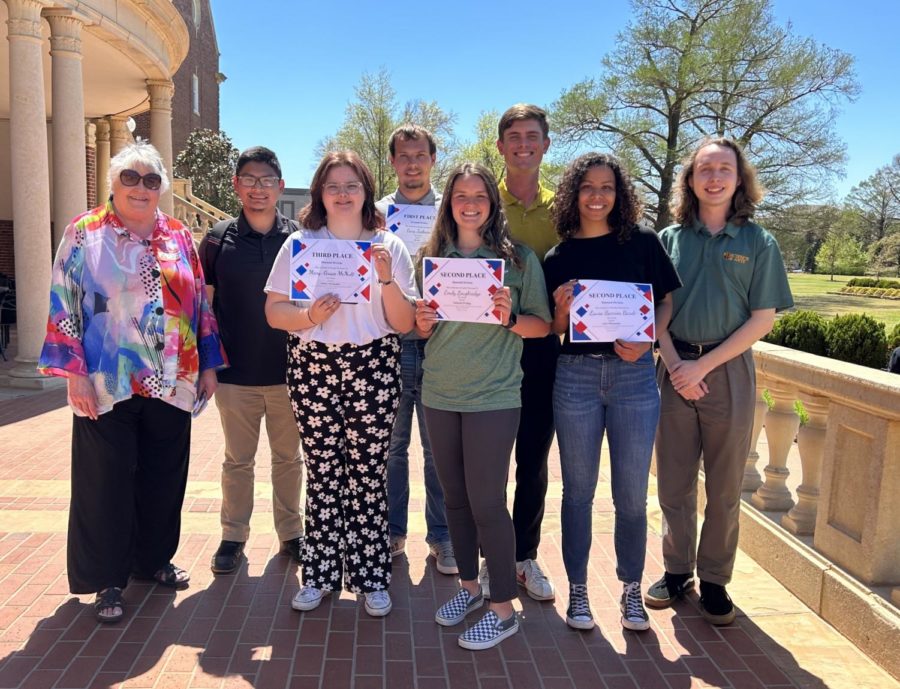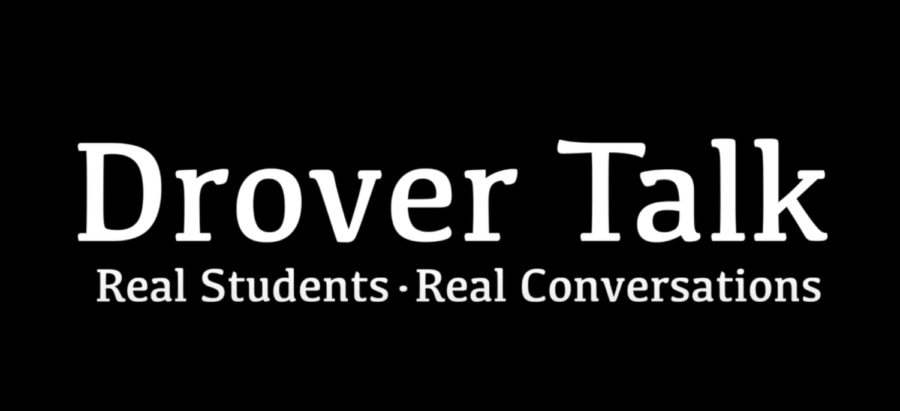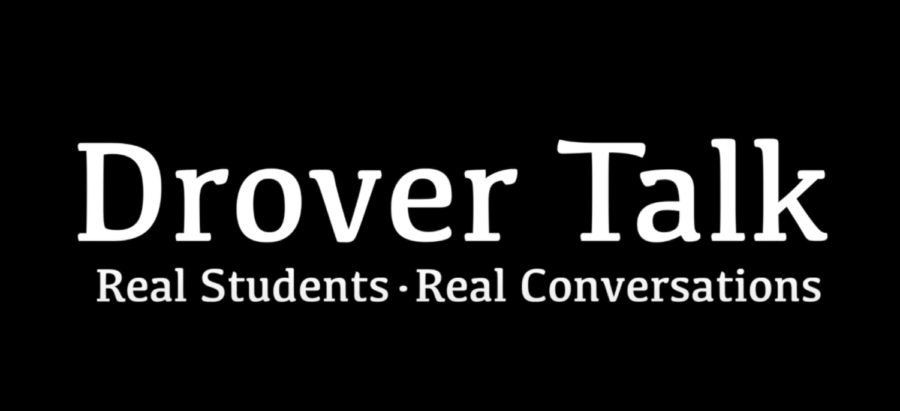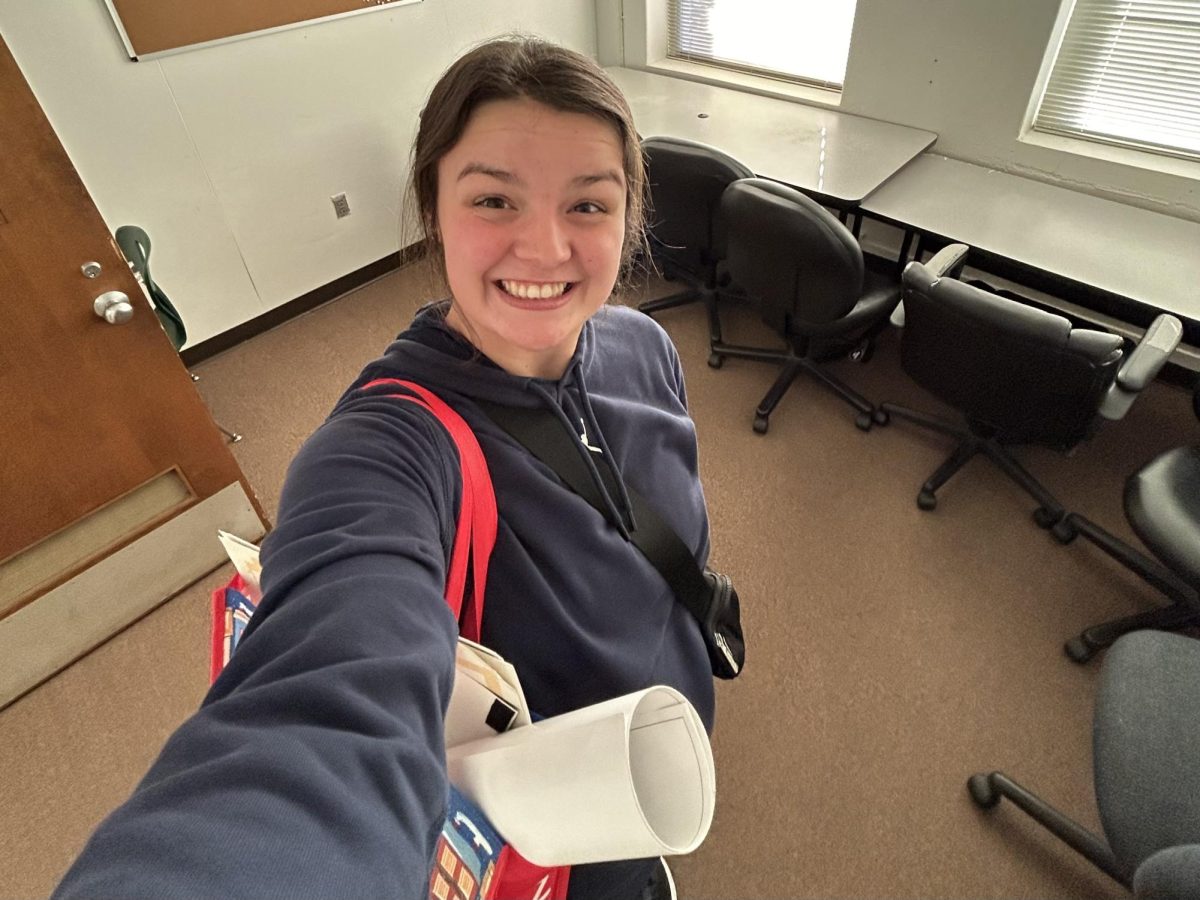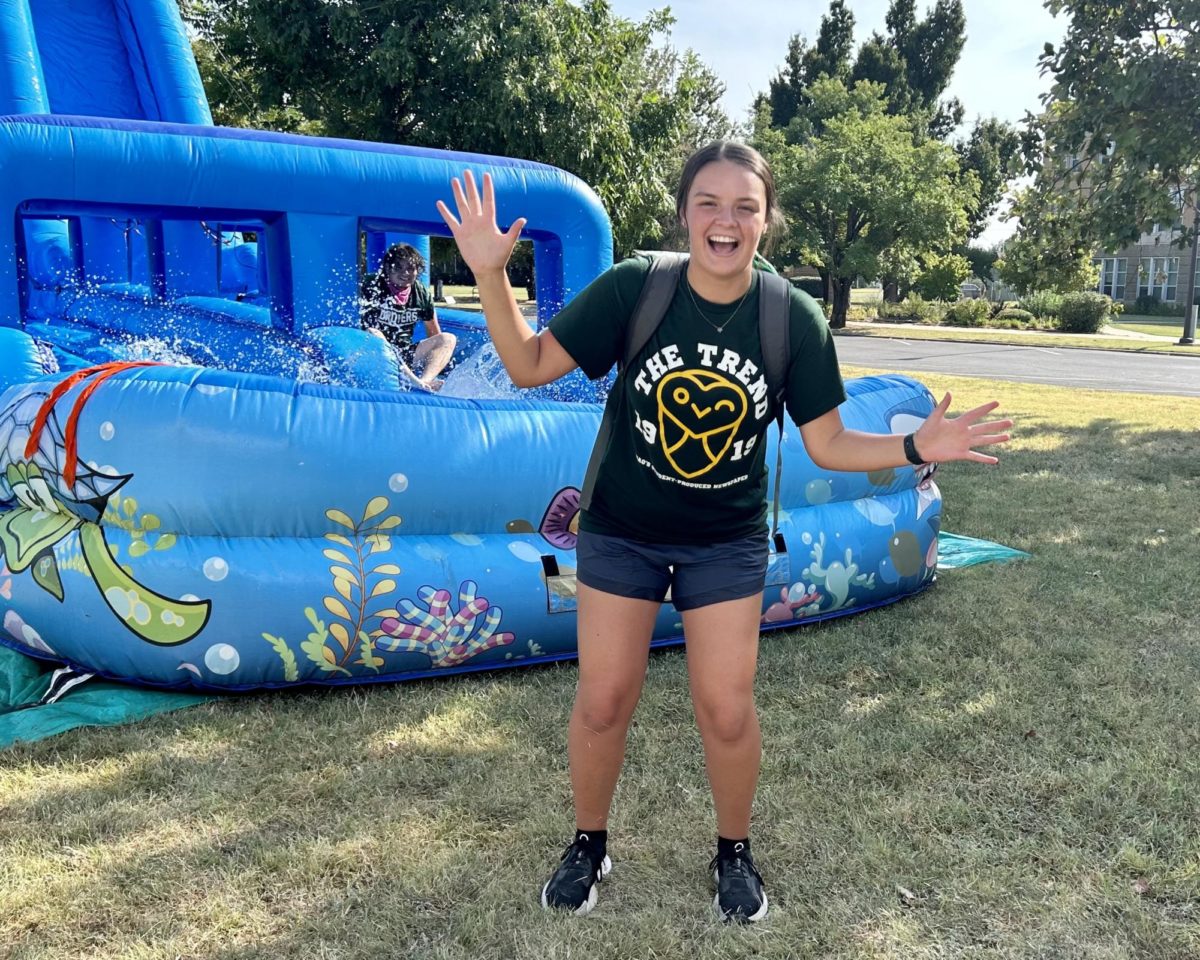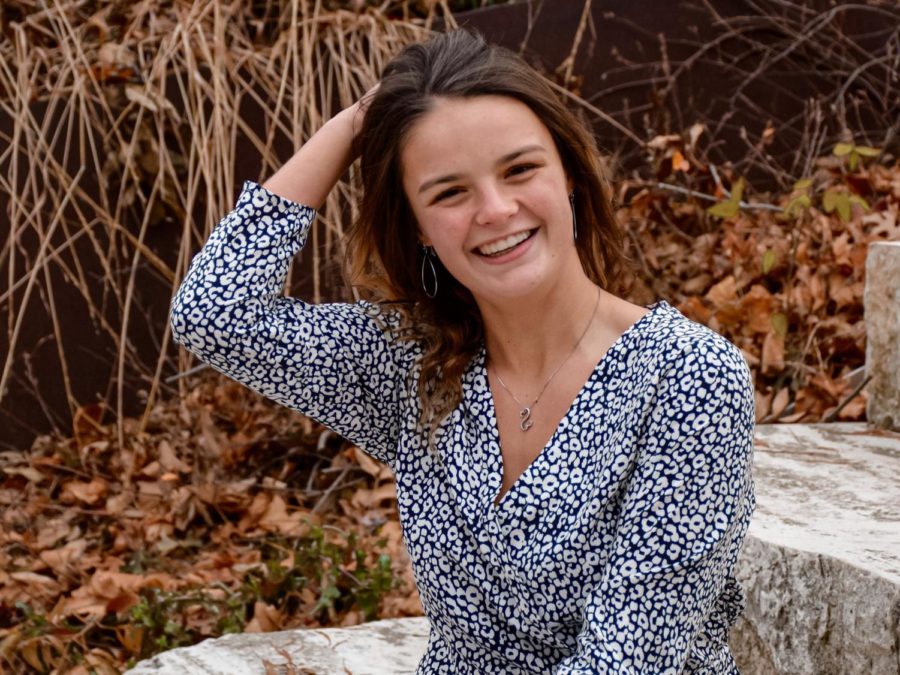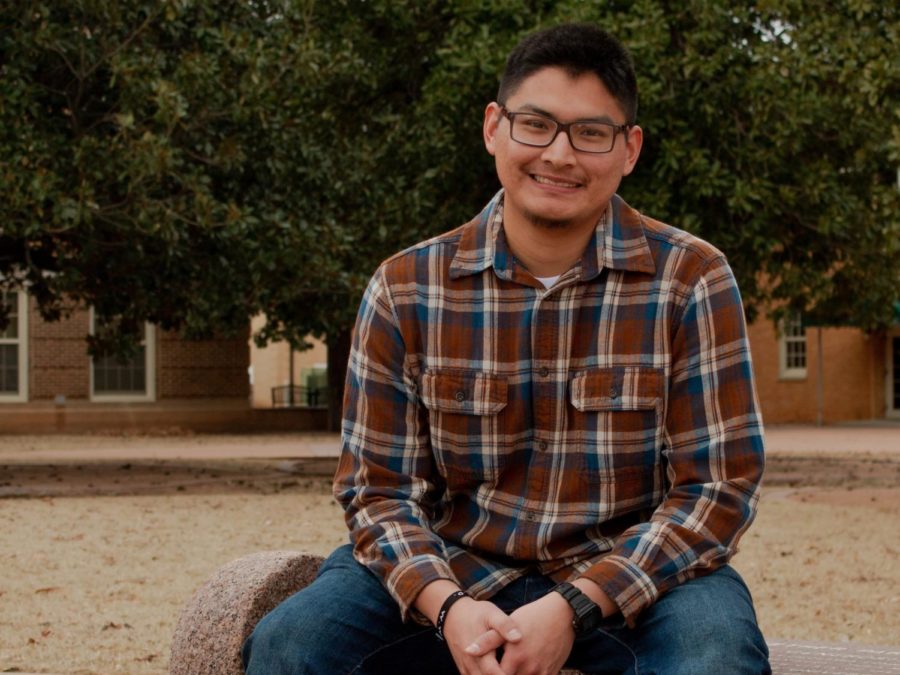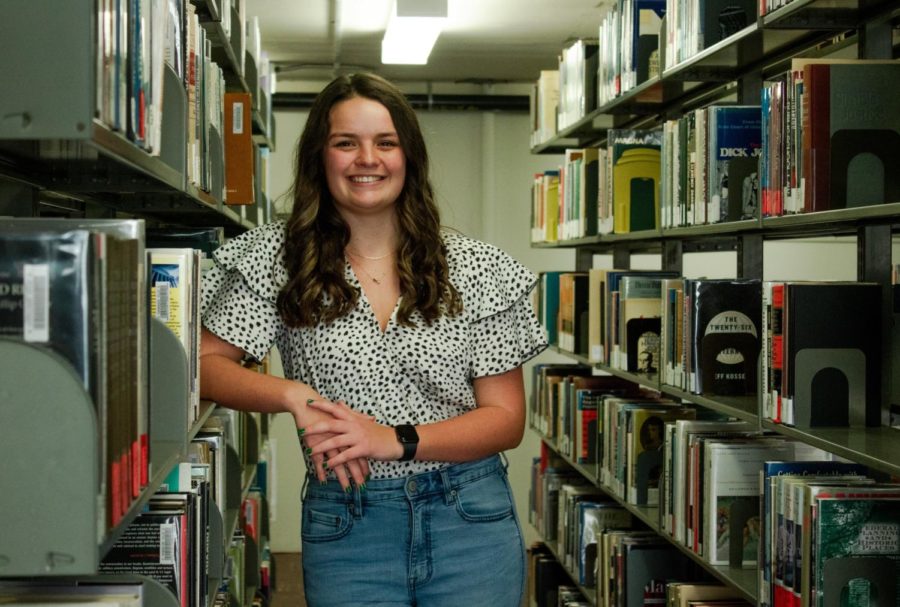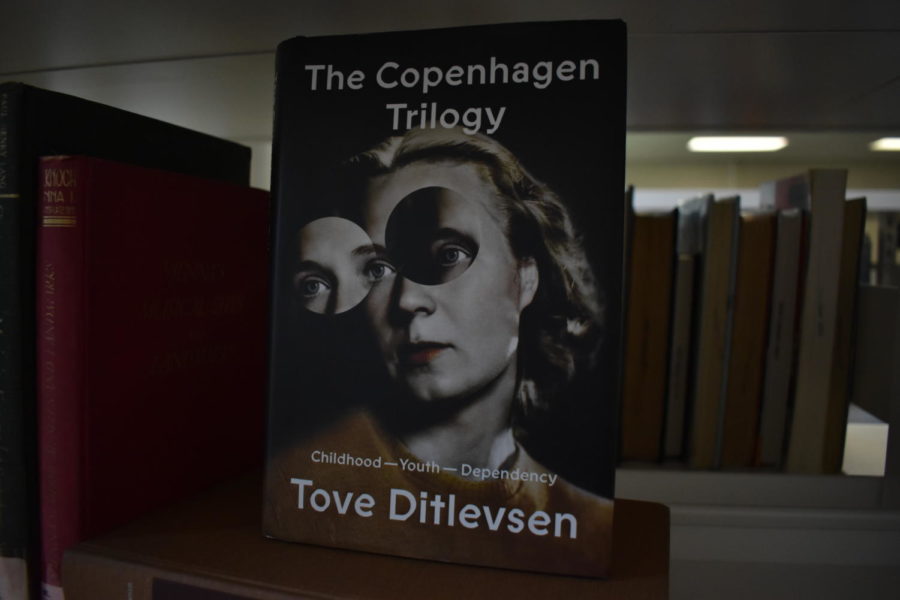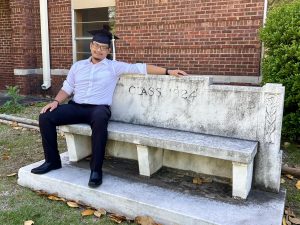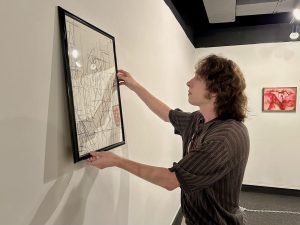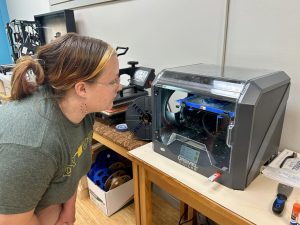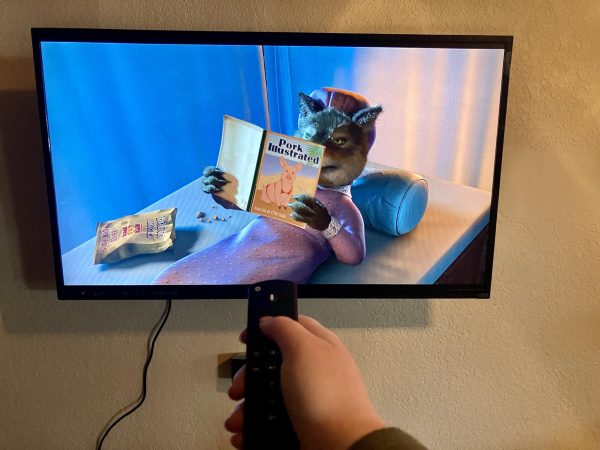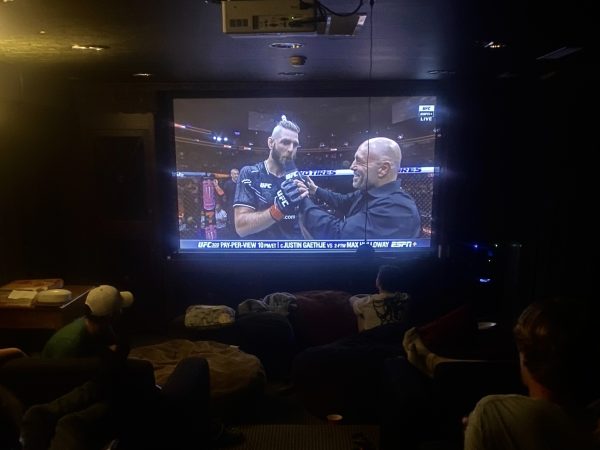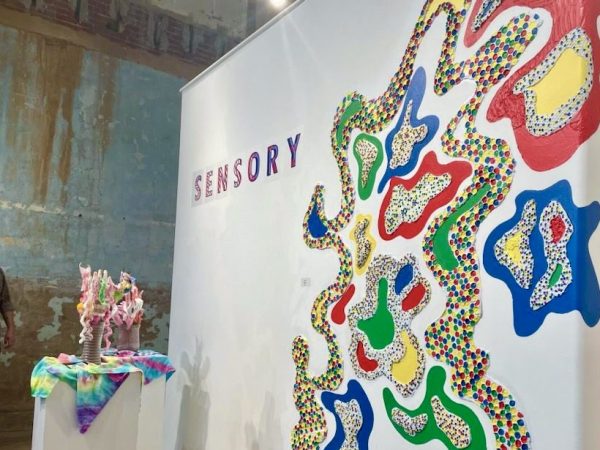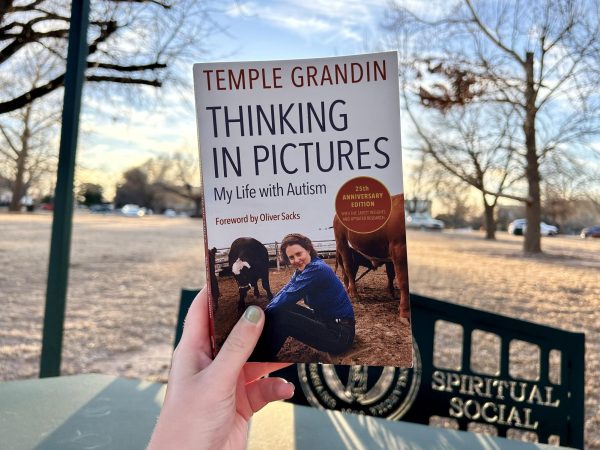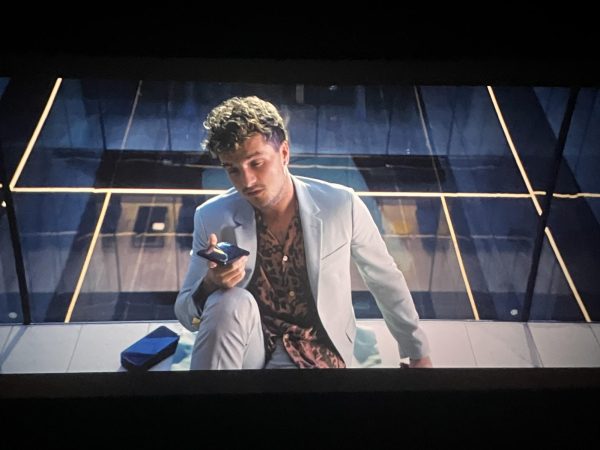The Copenhagen Trilogy (Book Review)
The Copenhagen Trilogy by Tove Ditlevsen deals with heavy material, and is therefore shown in a moody setting.
September 8, 2022
The recent U.S. Supreme Court decision to overturn Roe v. Wade has made literary depictions of abortion all the more distressing and significant. And it is near impossible to read influential literature without encountering this subject matter, considering famous writers such as William Faulkner, Annie Ernaux, Langston Hughes, Jean Rhys, Audre Lorde, Amy Tan, Margaret Atwood, and Ursula K. Le Guin have all, through poetry or prose, presented narratives that in some way address the termination of pregnancy.
Abortion is not a modern phenomenon; it has an extensive history stretching back to ancient times and is no way indicative of recent ‘moral degeneracy’ like some Americans may suspect. Because of this, abortion has a rich literaryhistory that is worth exploring; the stories belonging to this history can provide us with a better understanding of how abortion is represented in different parts of the world at different times, which, in turn, can aid in de-stigmatizing abortion, relieving the blame and shame inflicted on those who choose to have them.
In her most confessional work, The Copenhagen Trilogy—translated into English and finally published in its entirety back in 2019—Danish writer Tove Ditlevsen lays bare her most devastating life experiences. The three-part memoir, divided into Childhood (1967), Youth (1967), and Dependency (1971), follows Ditlevsen as a young, sensitive girl who has dreams of becoming a poet and writer, all while facing loneliness and drug addiction in Copenhagen, Denmark during World War II. In both Childhood and Youth, Ditlevsen’s family struggles with poverty to the extent that she is physically malnourished, and she must go without a high school education due to the cost, though her mother brags about her intelligence and assures everyone that “poor people’s children can have brains, too.” Still, Ditlevsen attempts to make the most of her circumstances by checking out books from the library, secretly writing poetry, and developing affections for several predatory old men, some with literary connections, who encourage her artistic pursuits only to satisfy their own selfish wants.
It is in the third memoir, Dependency, where Ditlevsen details her difficult confrontations with pregnancy and abortion. She has her first child, Helle, with her second husband. And although she loves Helle, Ditlevsen is left in a vulnerable postpartum position. Ditlevsen soon becomes pregnant again, which dramatically derails her physical and emotional well-being. She consults her husband, her multiple friends, and her mother who all give her advice on how to terminate her pregnancy in Copenhagen where abortion was illegal at the time.
What readers may not be aware of is how common abortions were among women (and still are, among those who can conceive), no matter the law, which is why all of the women close to Ditlevsen—all of whom are poor, married women—are revealed to have their own personal methods for delivering themselves from pregnancy and childbirth. For instance, her mother advises her to “go to the pharmacy to buy a bottle of amber oil and drink it down” in order to “knock it out of there,” while her friend Nadja advises her to take quinine pills, a medication used to treat malaria. Both women claim that their respective methods have worked for them in the past.
Unsatisfied with these methods, however, Ditlevsen instead embarks on her “doctor odyssey.” Here, the reader discovers that the doctors in Copenhagen who perform abortions are in and out of jail and reluctant to provide their services. The second doctor she sees, the one who is known for this procedure, claims to no longer conduct such operations. At that moment, she erupts into sobs and says to the doctor: “If you don’t help me, I’ll kill myself.” Immediately following this, she reflects on all of the pregnant women like herself who have made this same suicidal promise and carried it out.
Ditlevsen does end up finding another doctor who performs the operation, and she obviously survives. Yet, there are many others who are not so lucky, and she repeatedly emphasizes how fortunate she is. After everything, she writes, “I don’t regret what I did, but in the dark, tarnished corridors of my mind there is a faint impression like a child’s footprints in damp sand.” She has not forgotten and will likely never forget, but the lack of regret she feels is perhaps made possible due to the understanding and support she received from the women closest to her. Most of the women she knew had abortions; they shared their stories with her, so she knew she was not alone.
Ditlevsen’s personal narrative is significant because it teaches us about the historical normalcy of abortion and how people will persist in seeking out alternatives when legal abortions are difficult or impossible to come by. Especially in the wake of recent legislation, people—much like the women in Ditlevsen’s memoirs—will likely resort to more dangerous methods to terminate their pregnancies. It is important, then, to recognize what criminalizing abortion does and the far-reaching implications it has for the lives of so many people.
Rhiannon Quillin is a fourth-year Multidisciplinary Studies major at the University of Science and Arts of Oklahoma.

